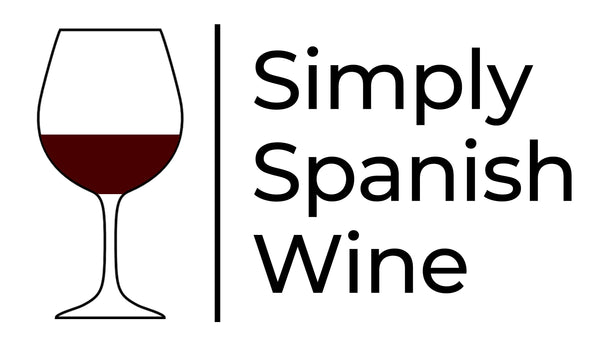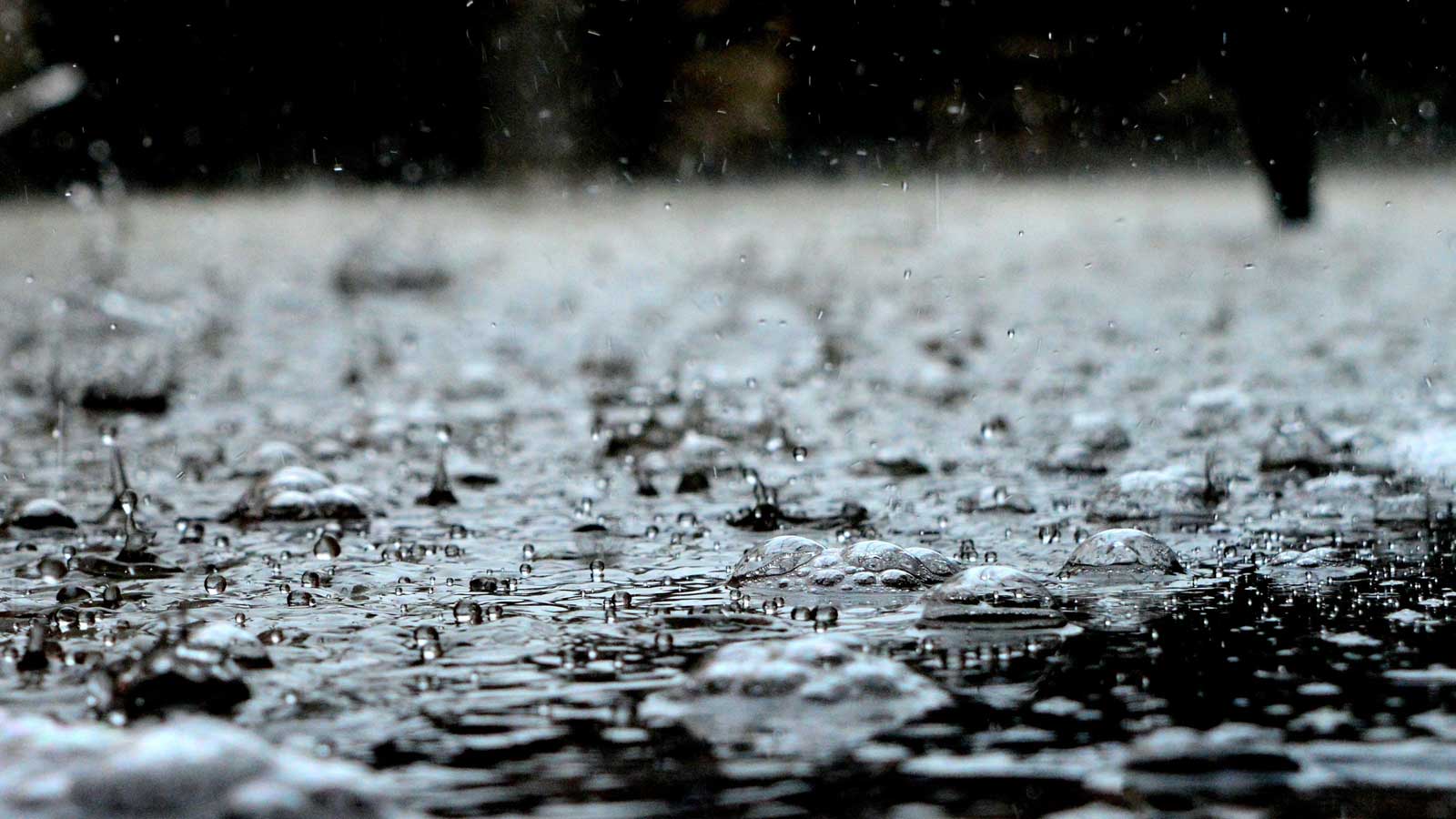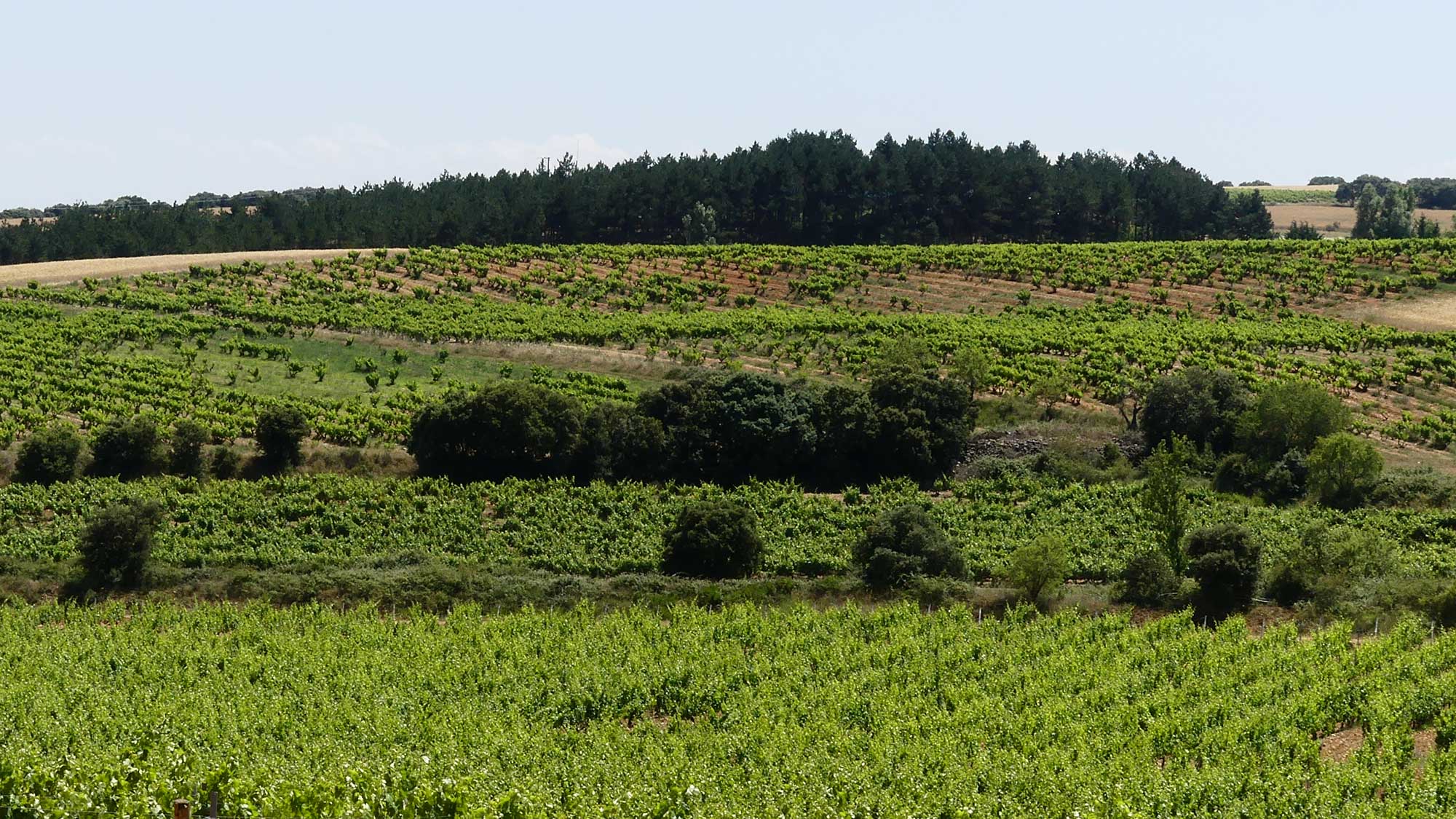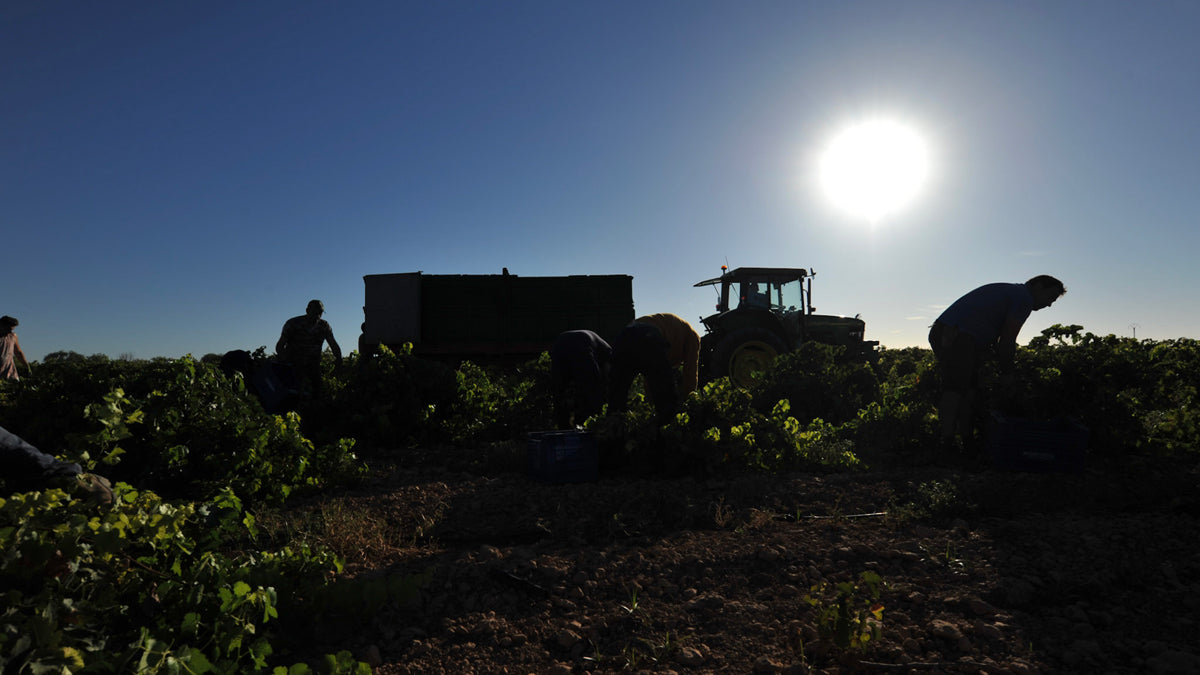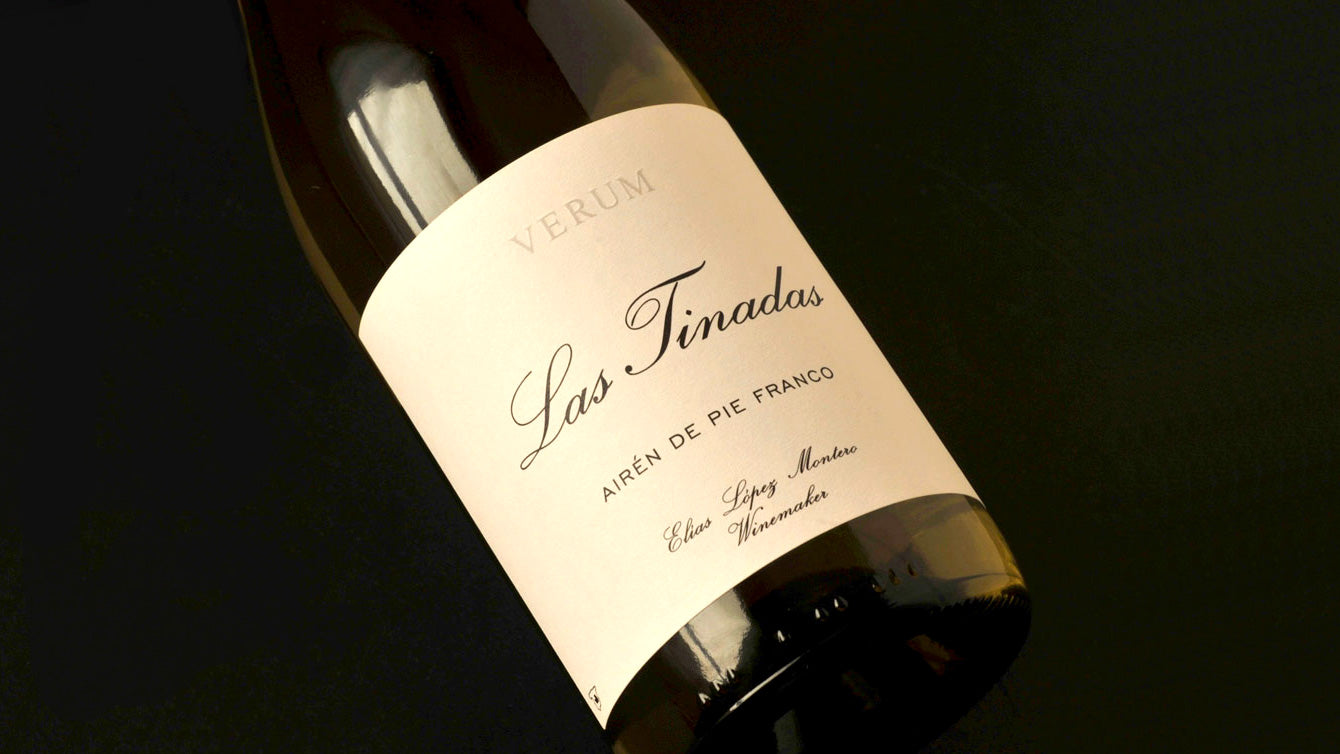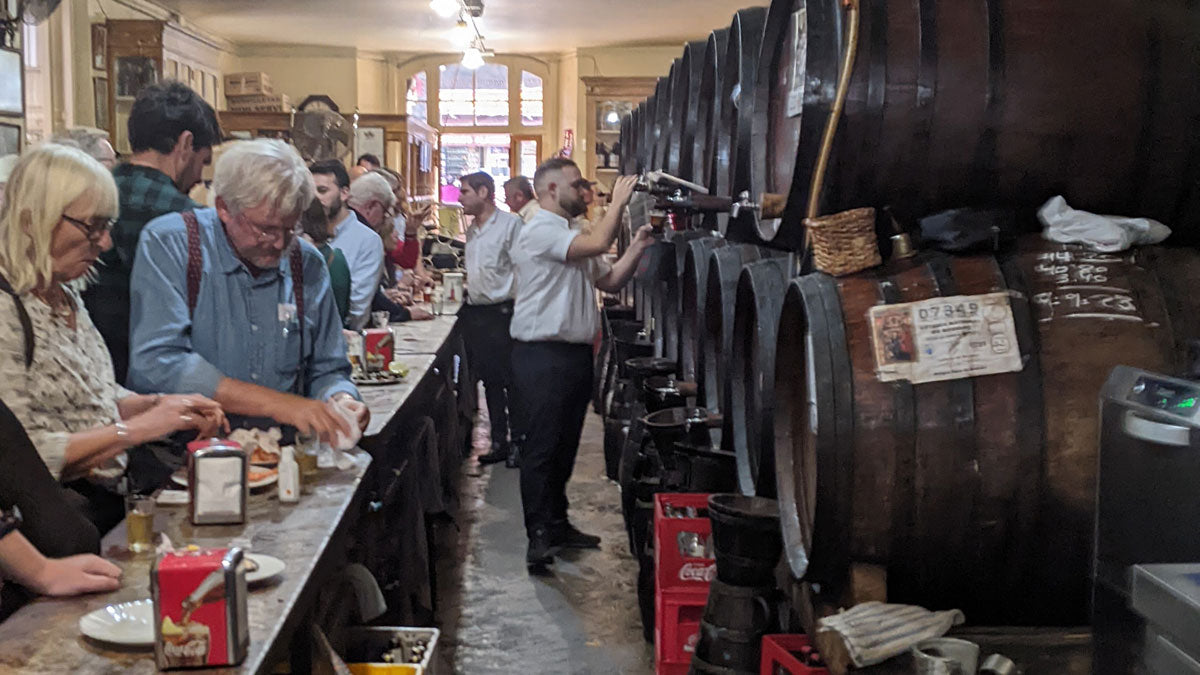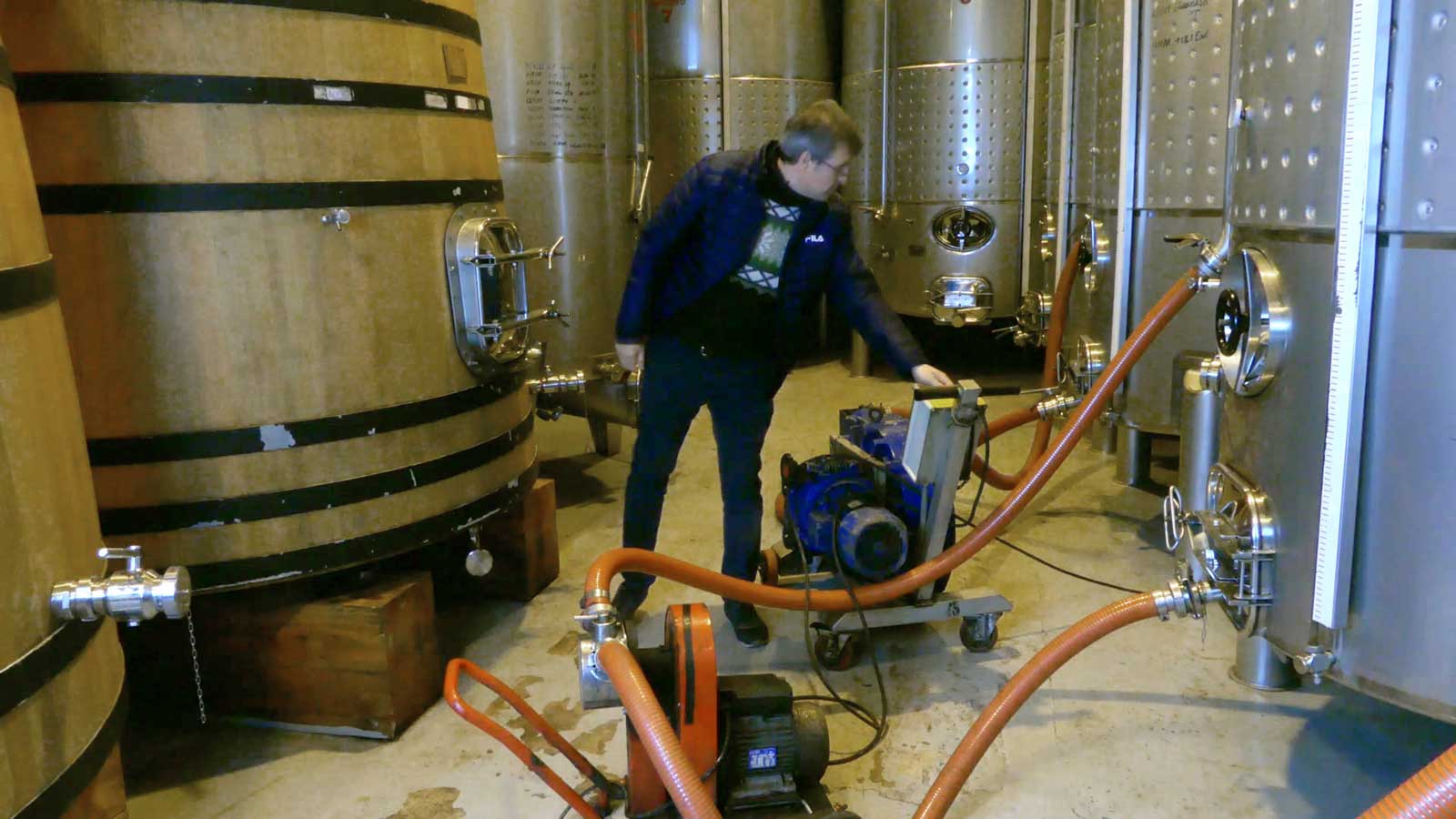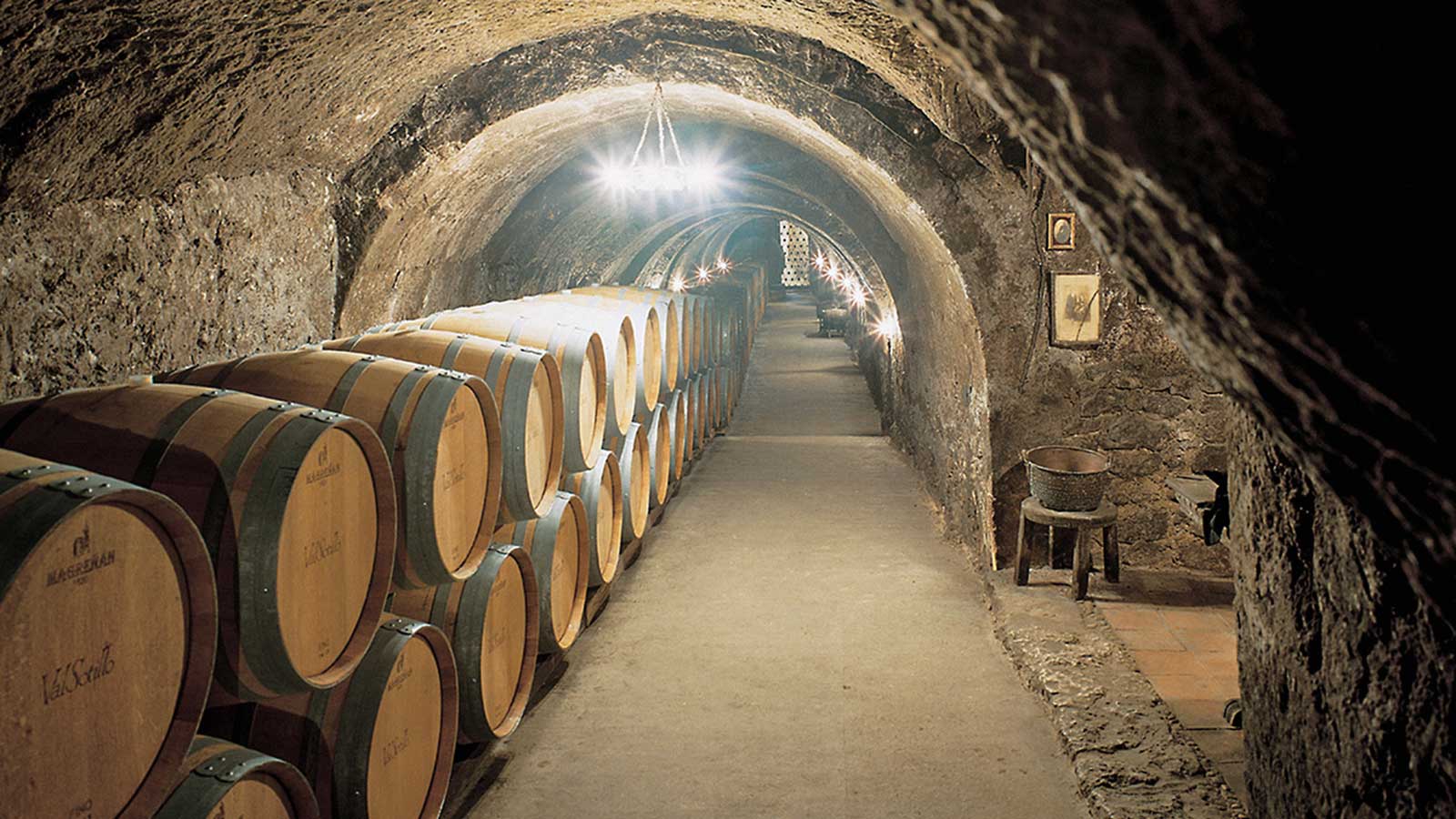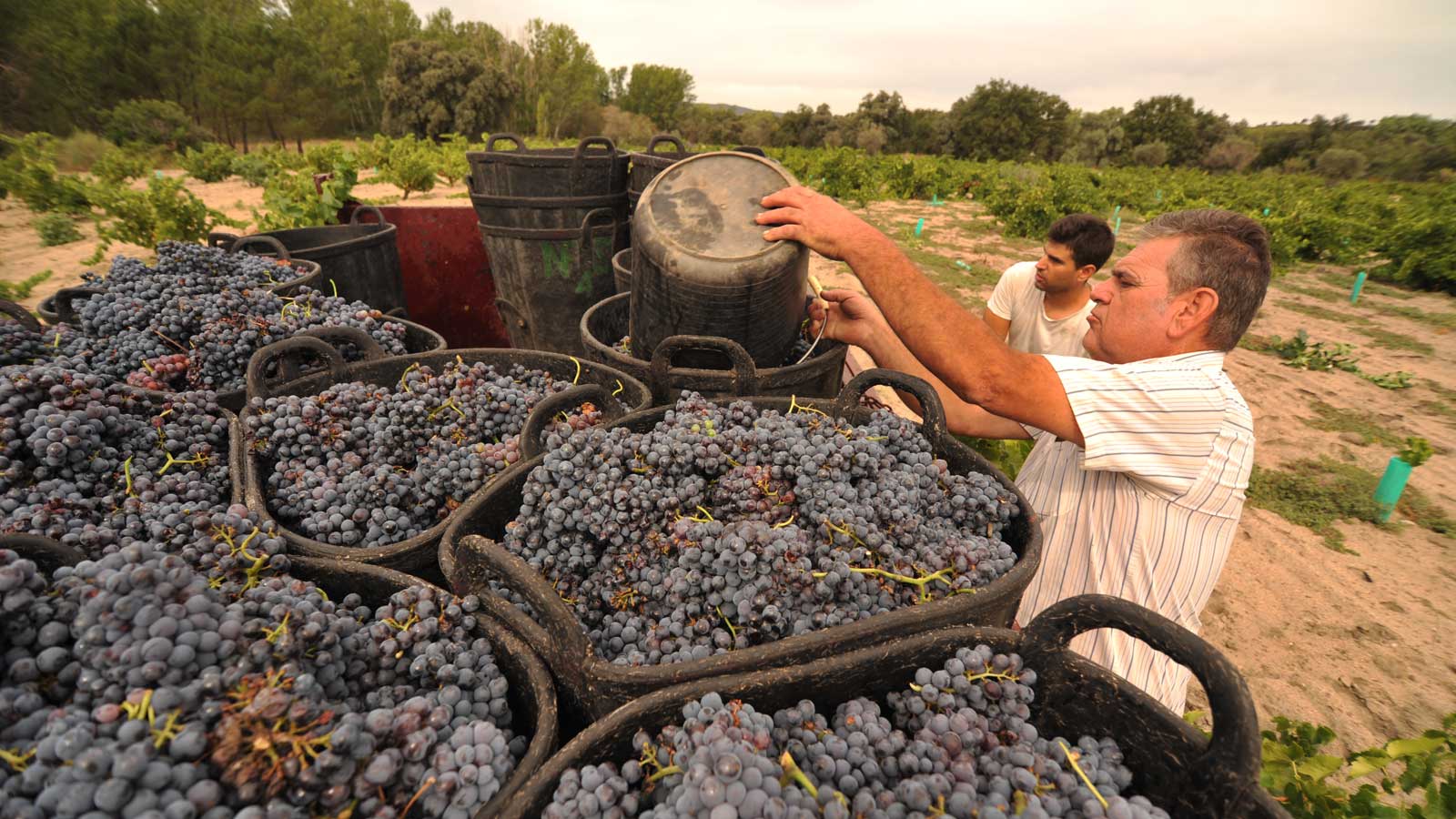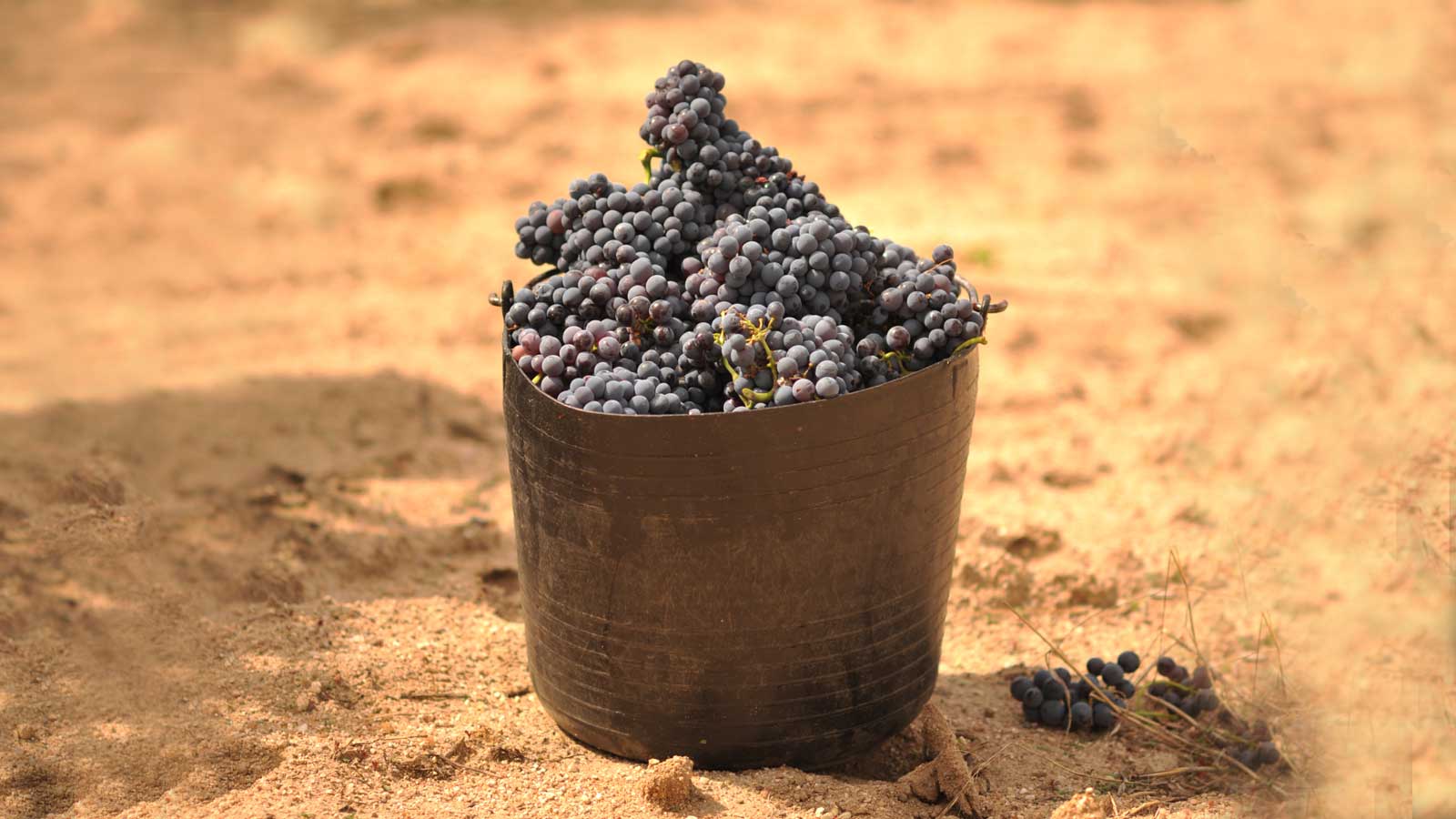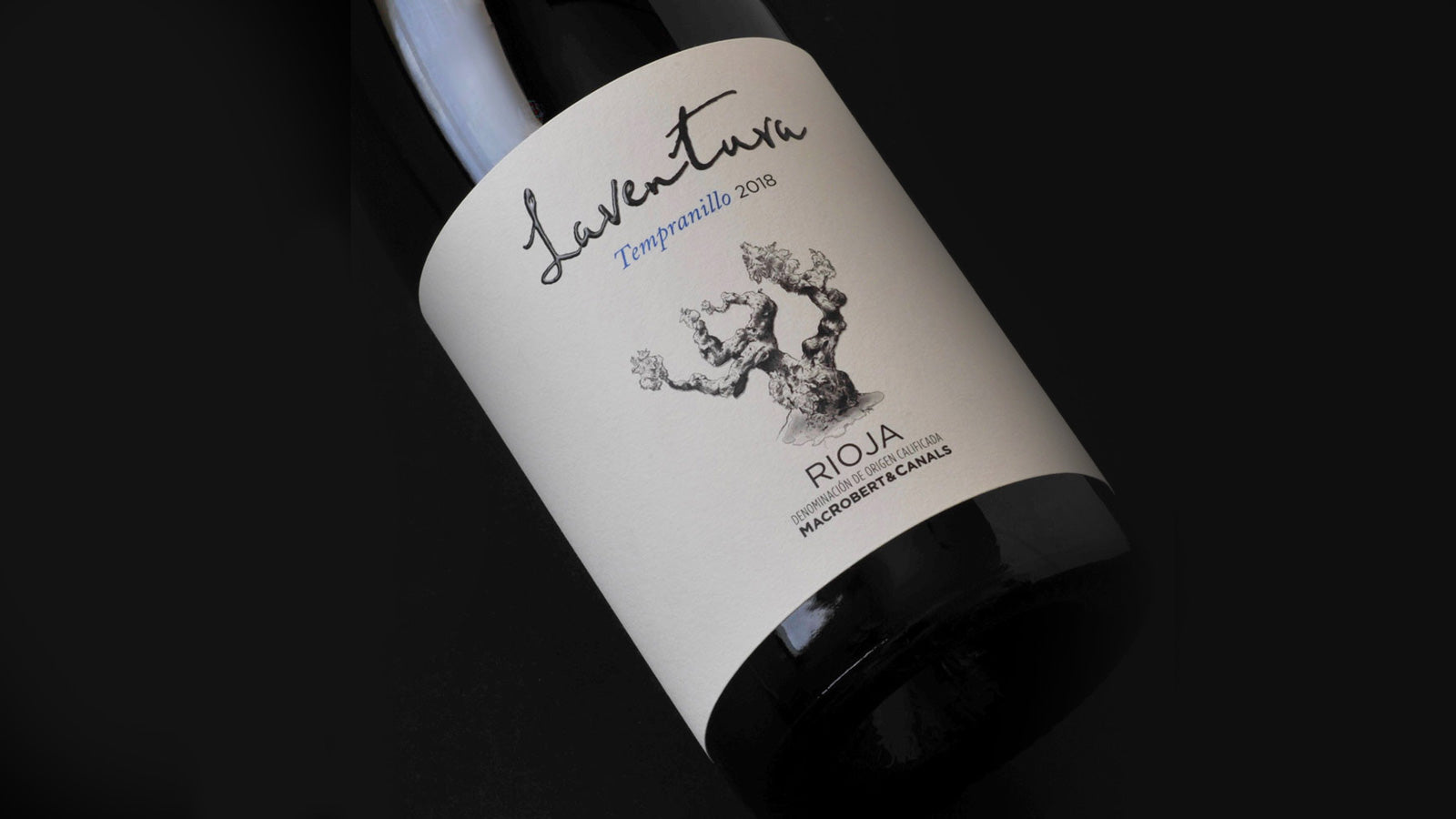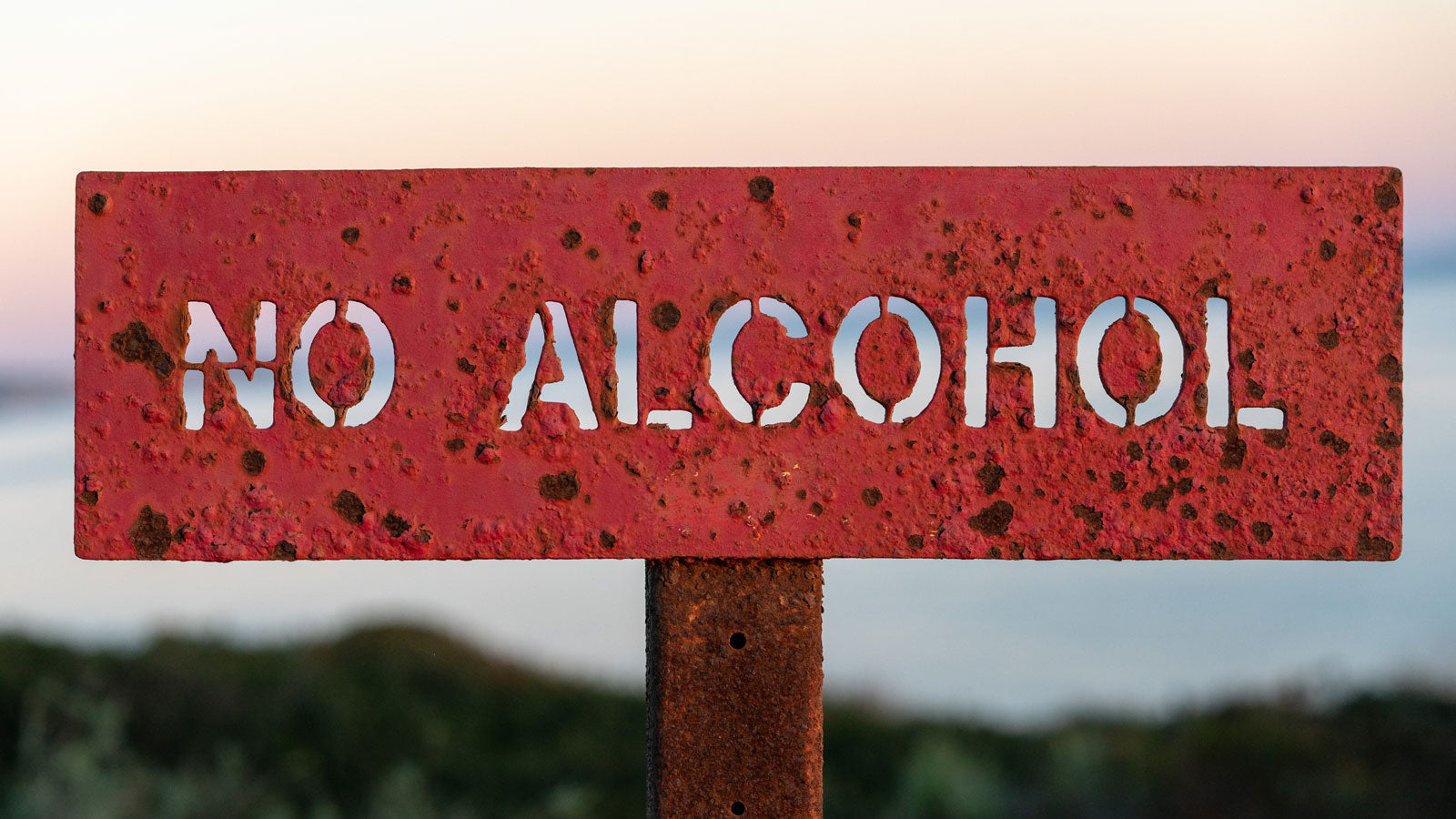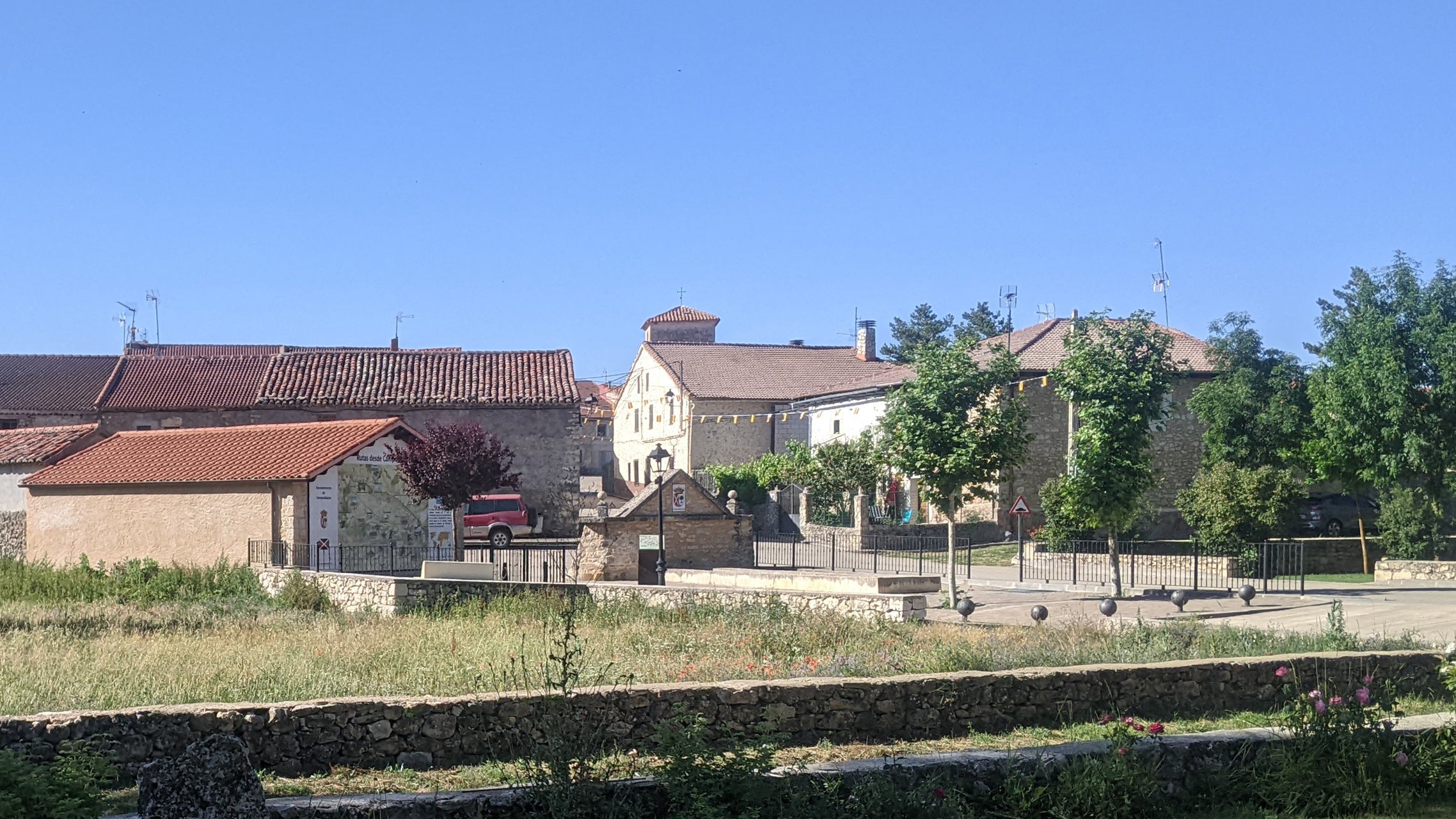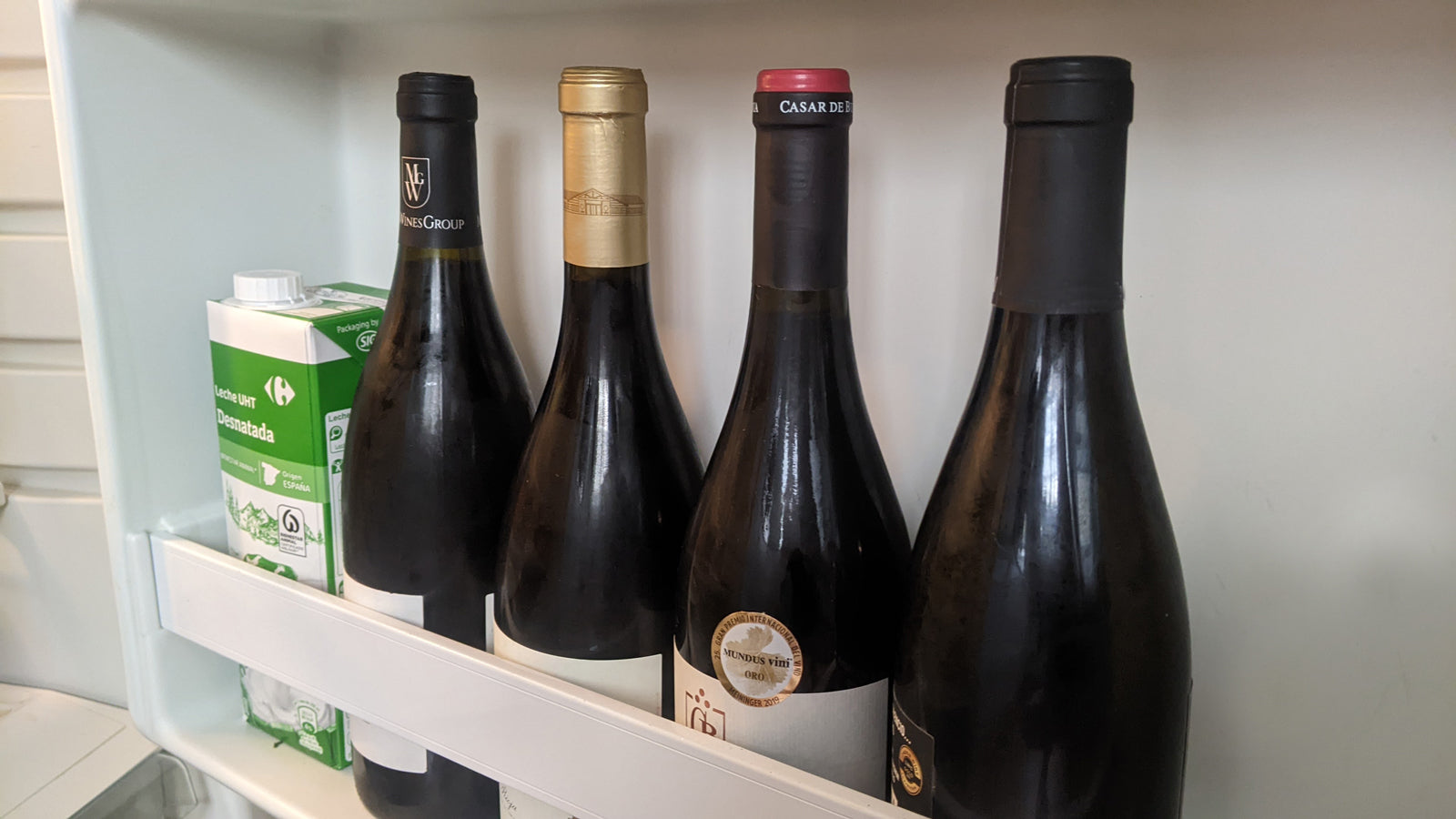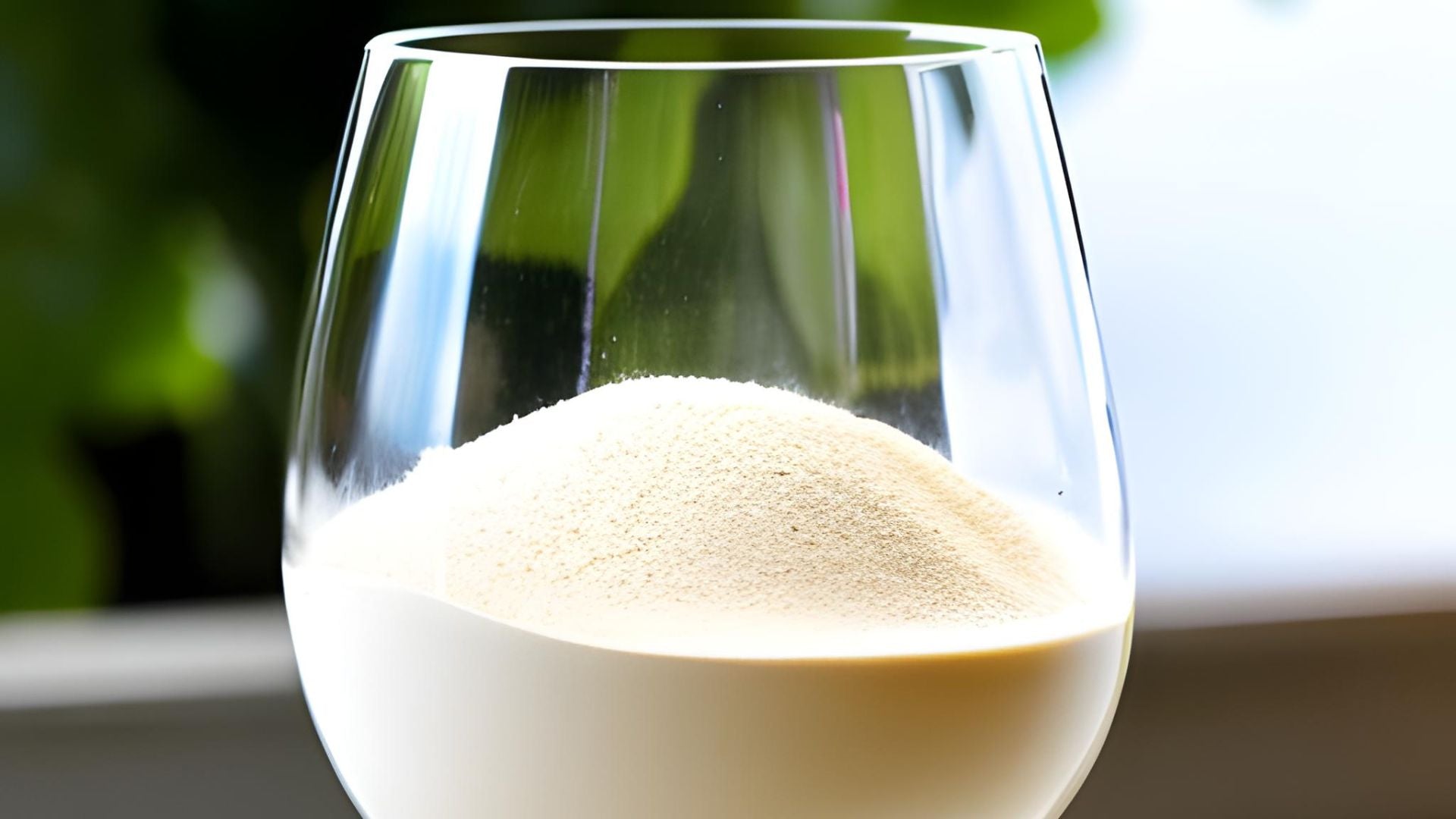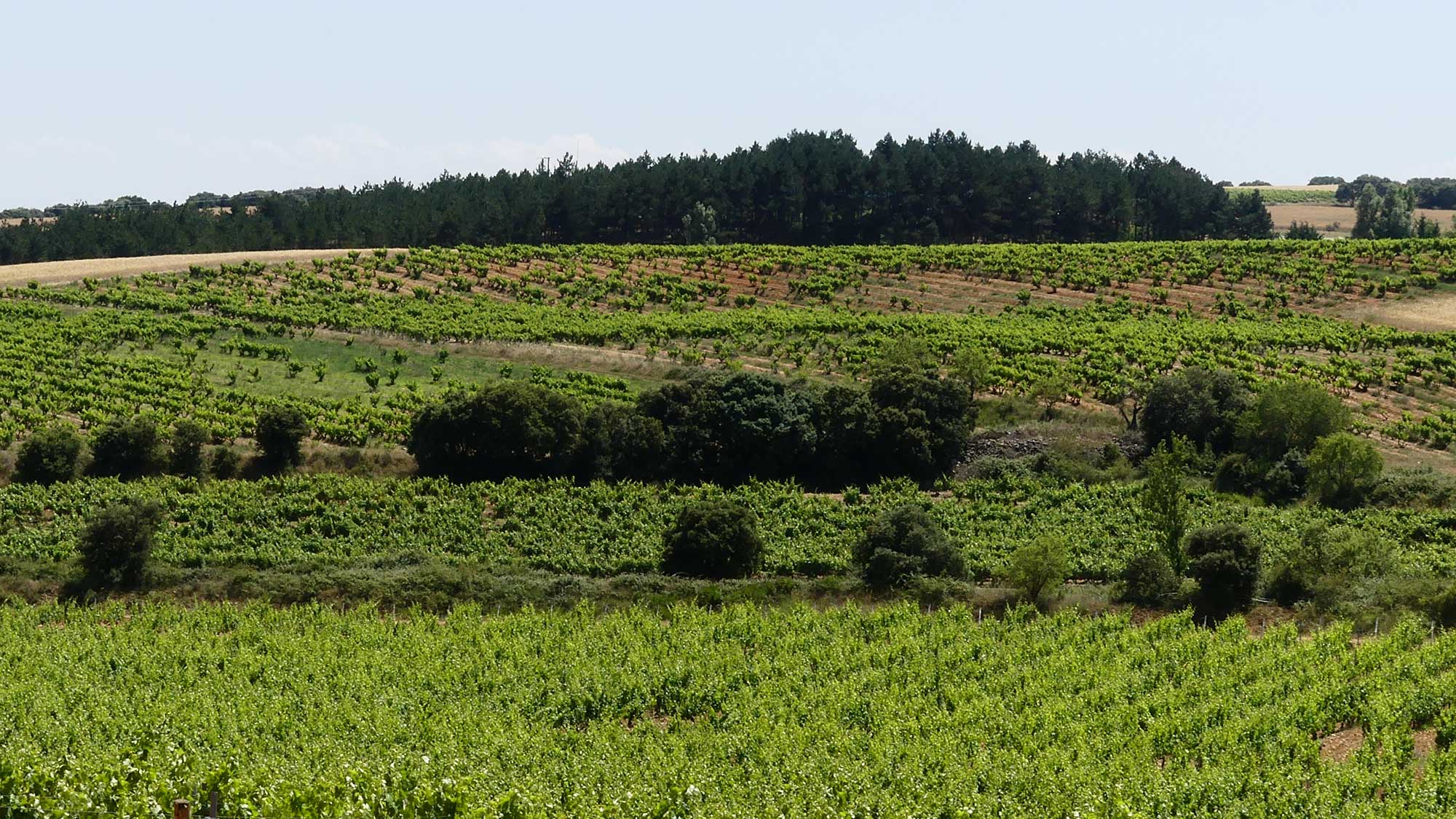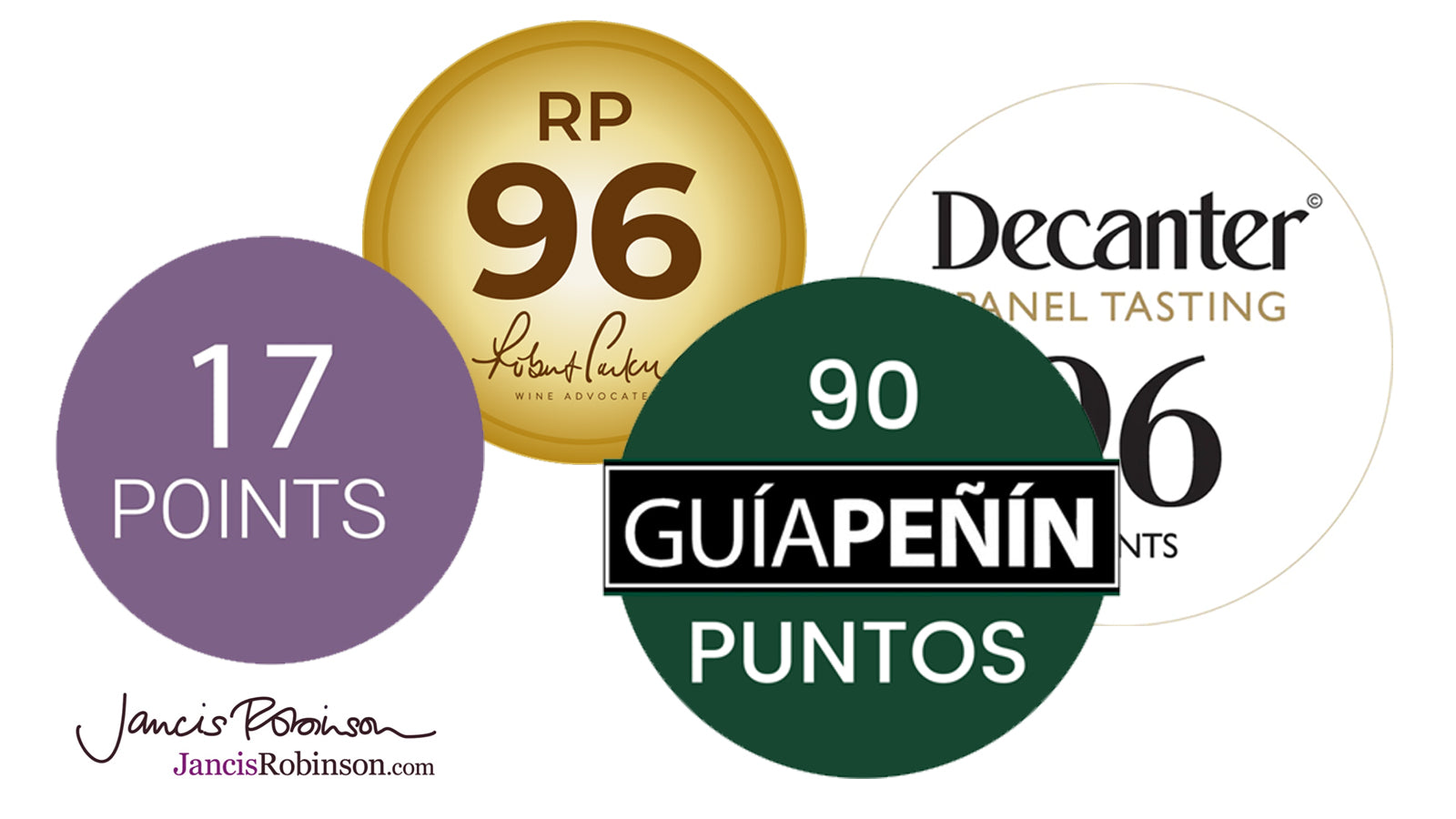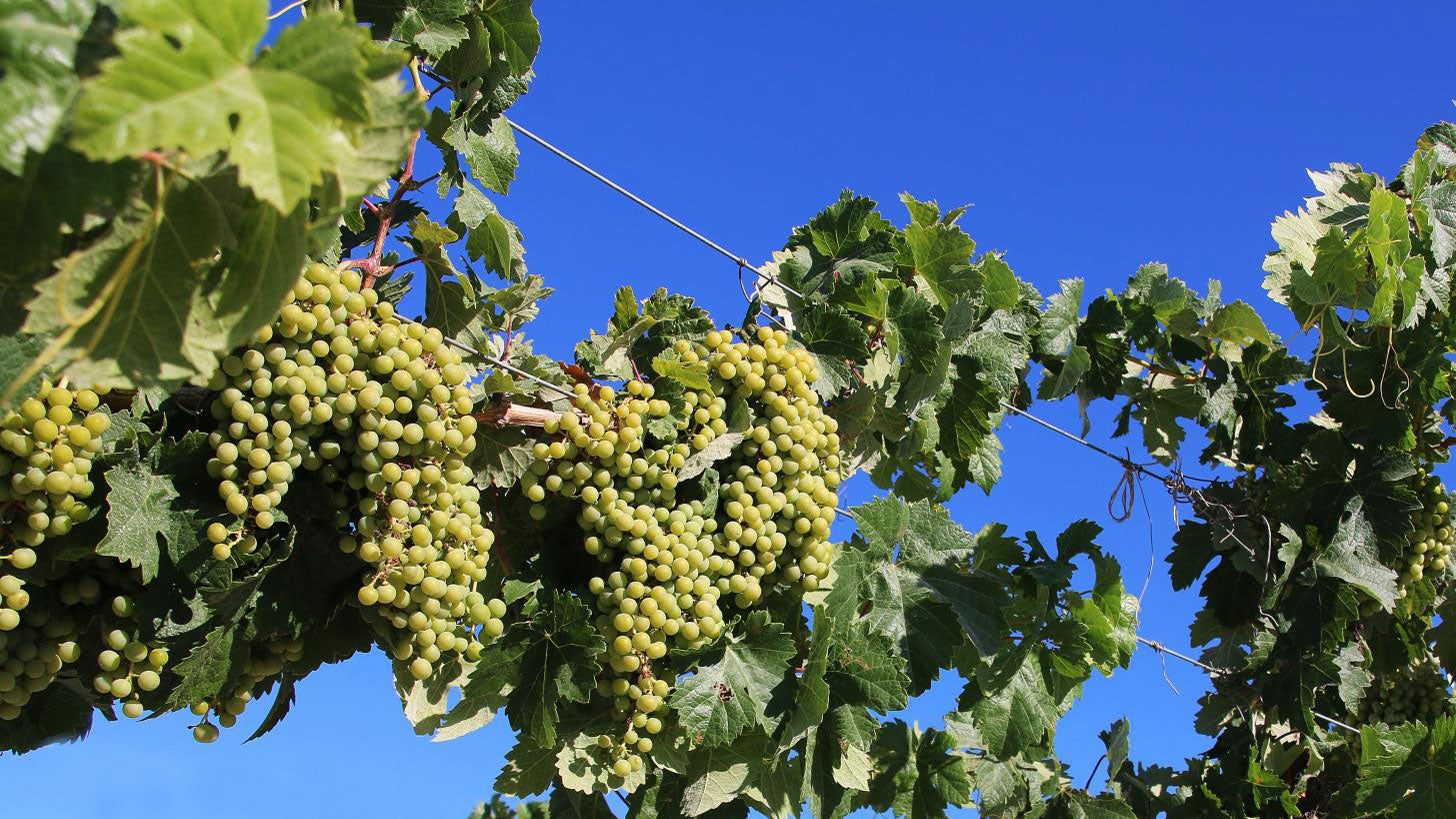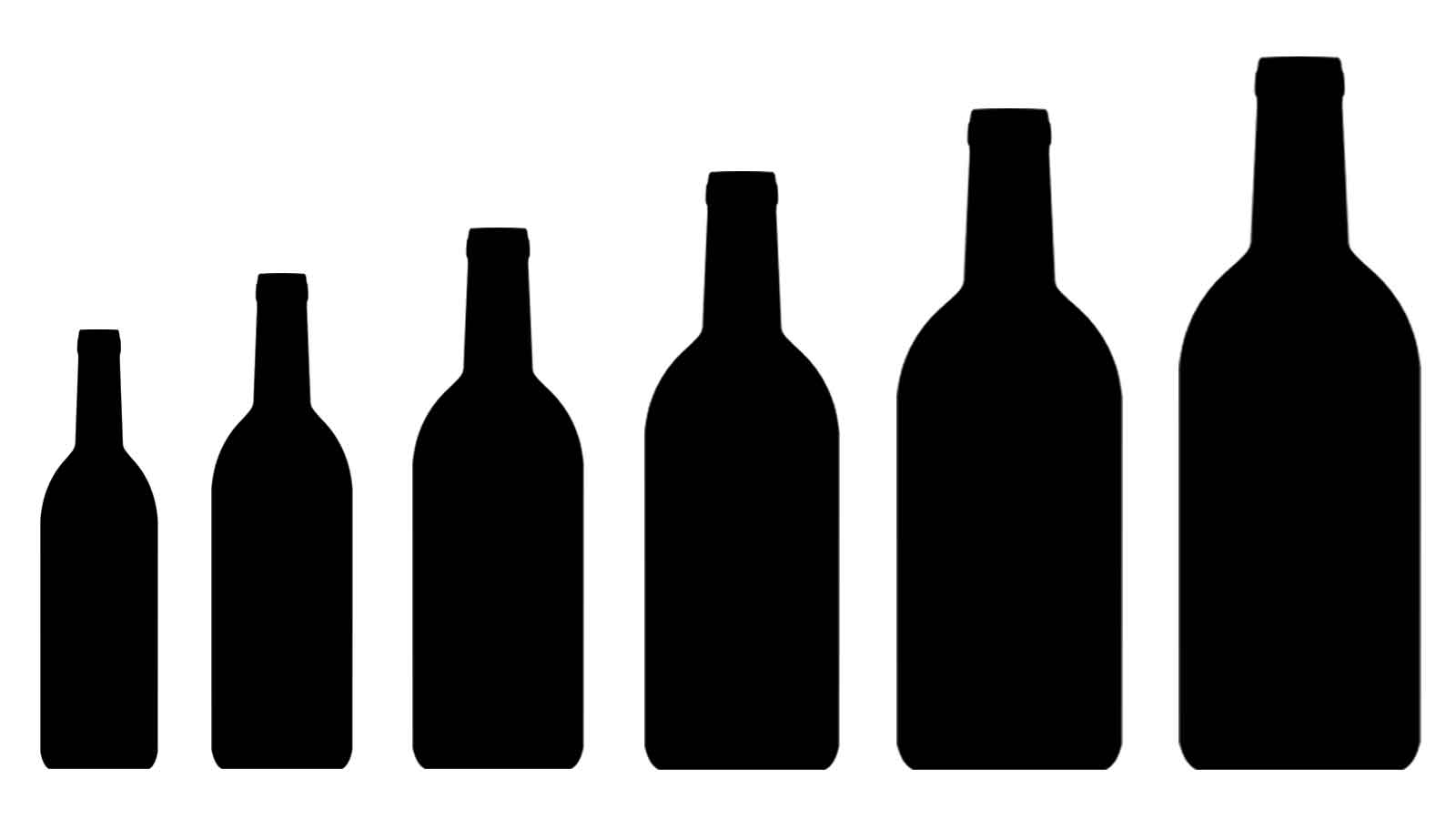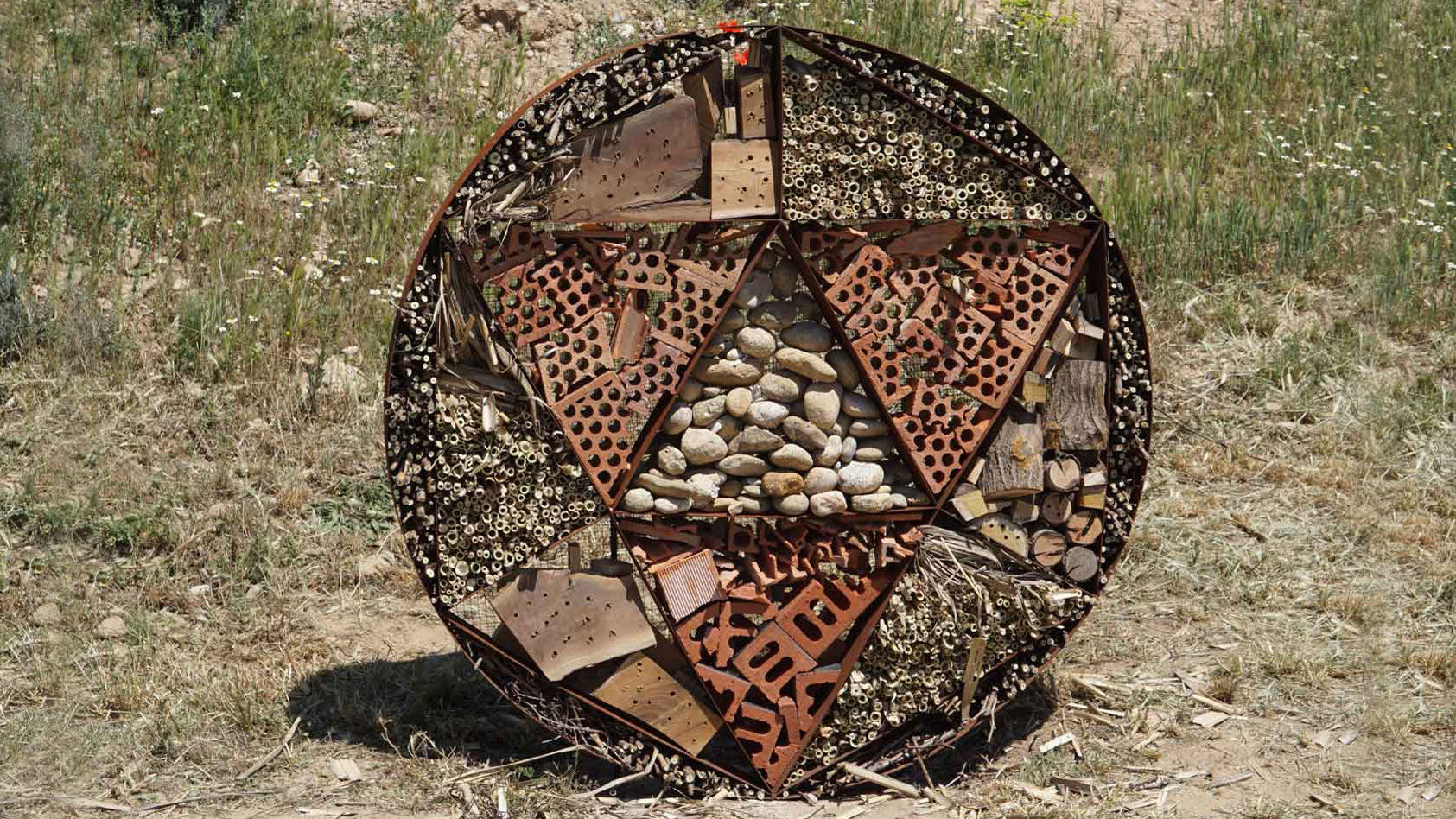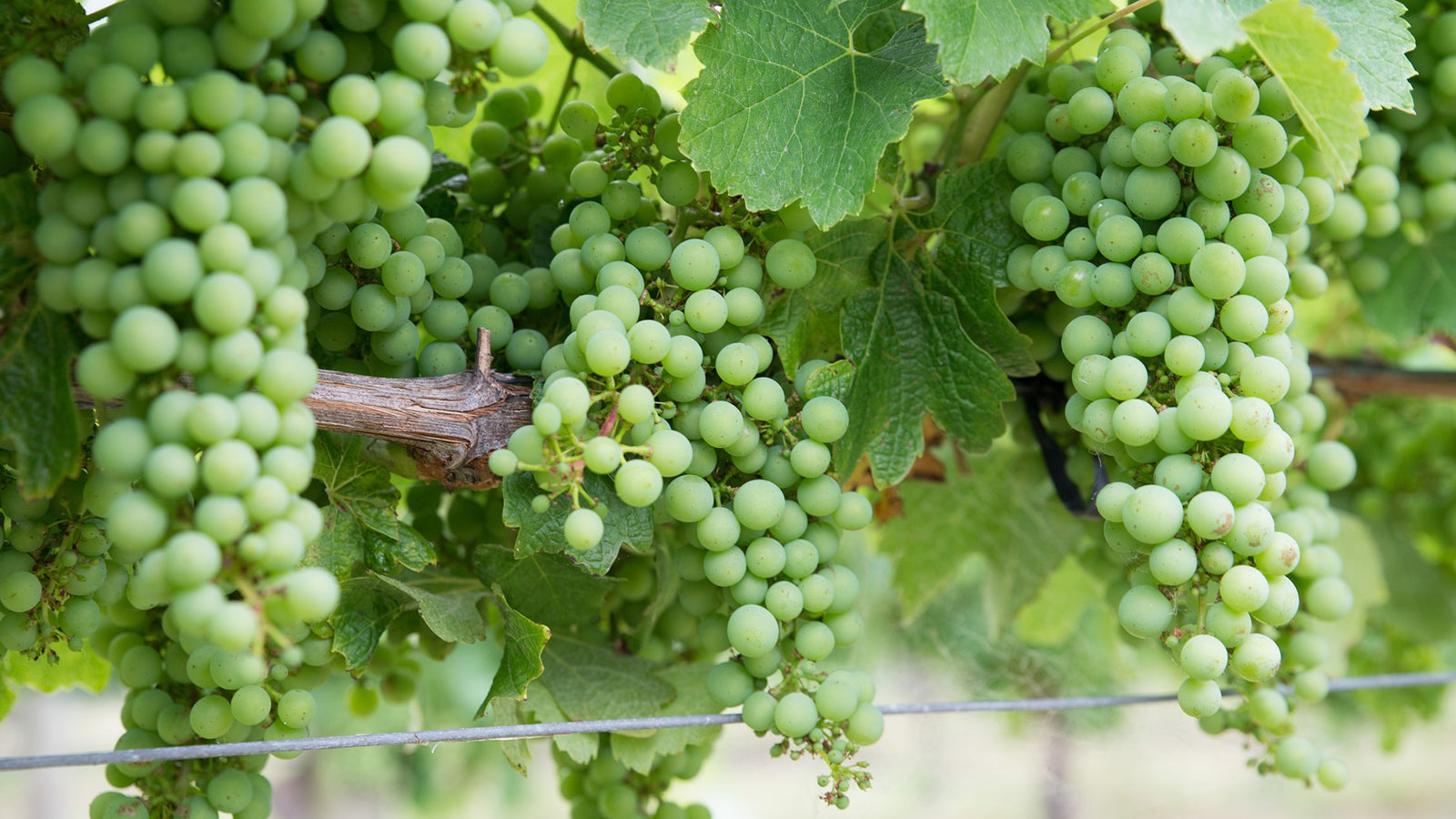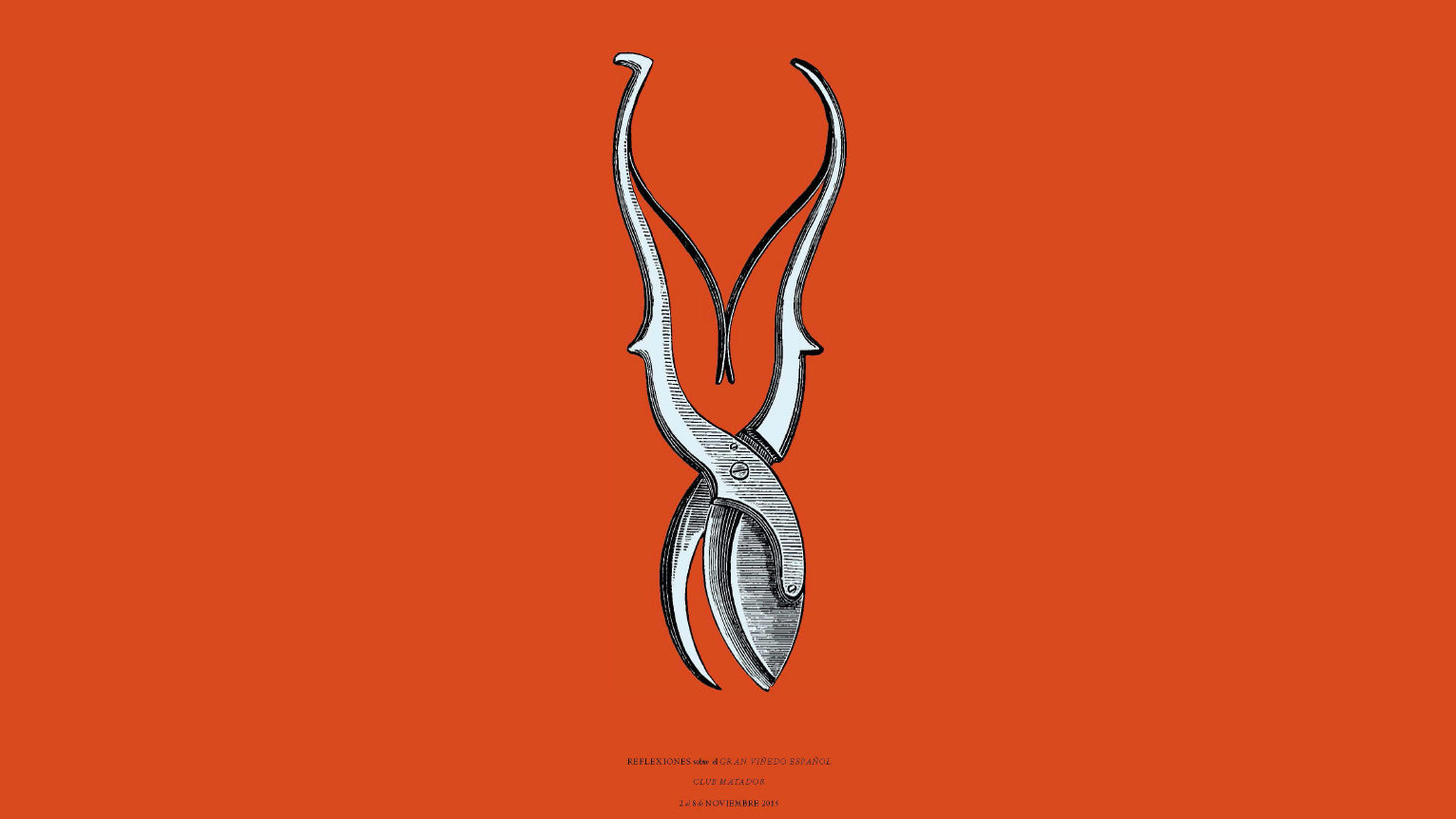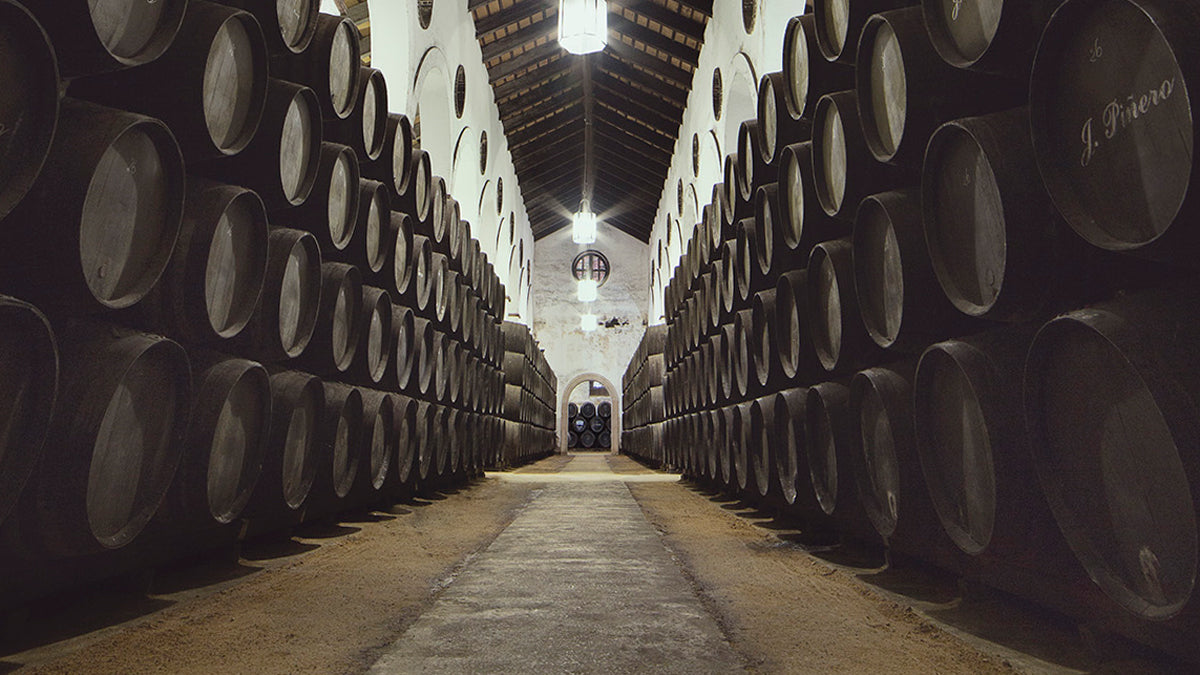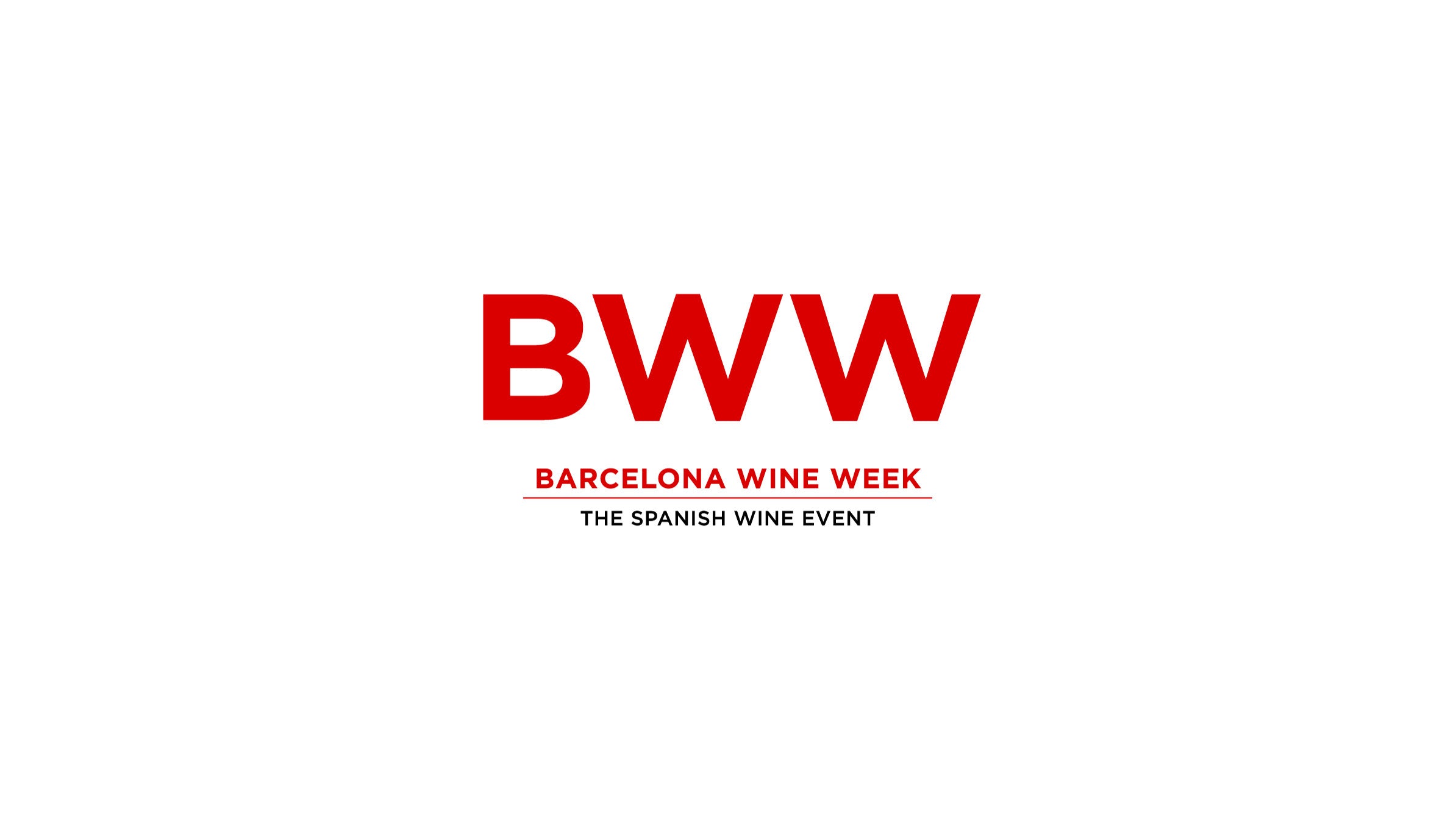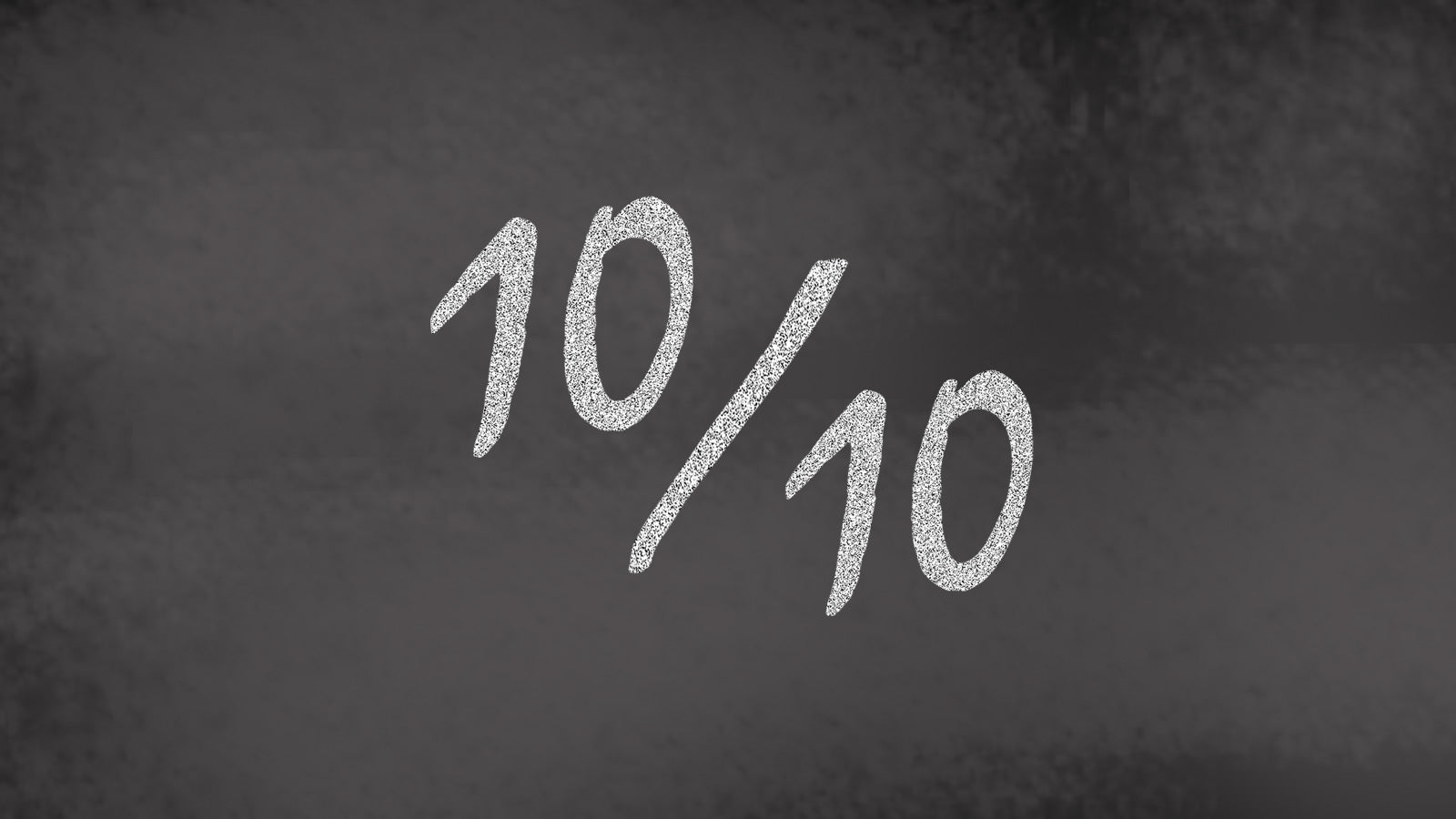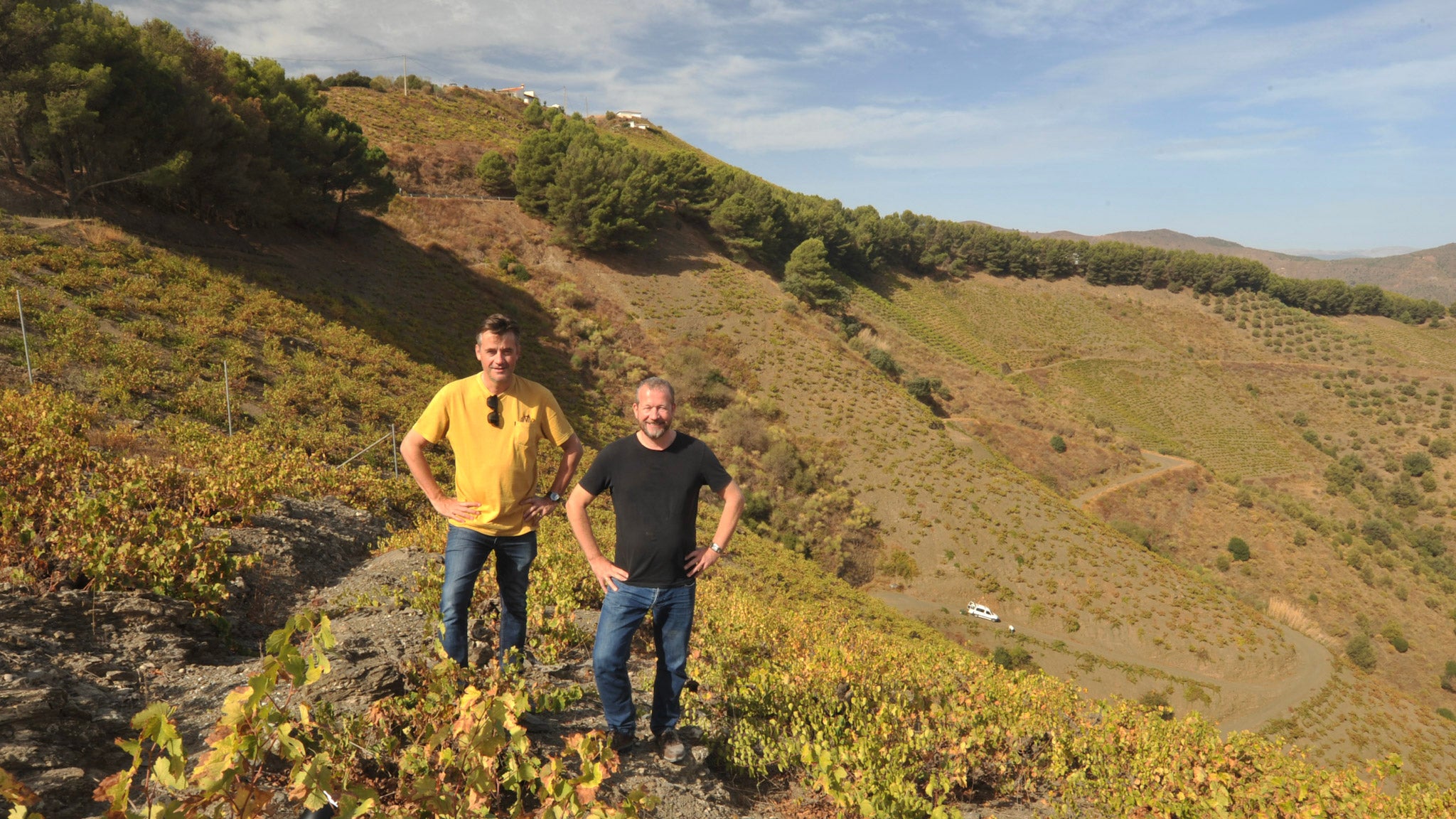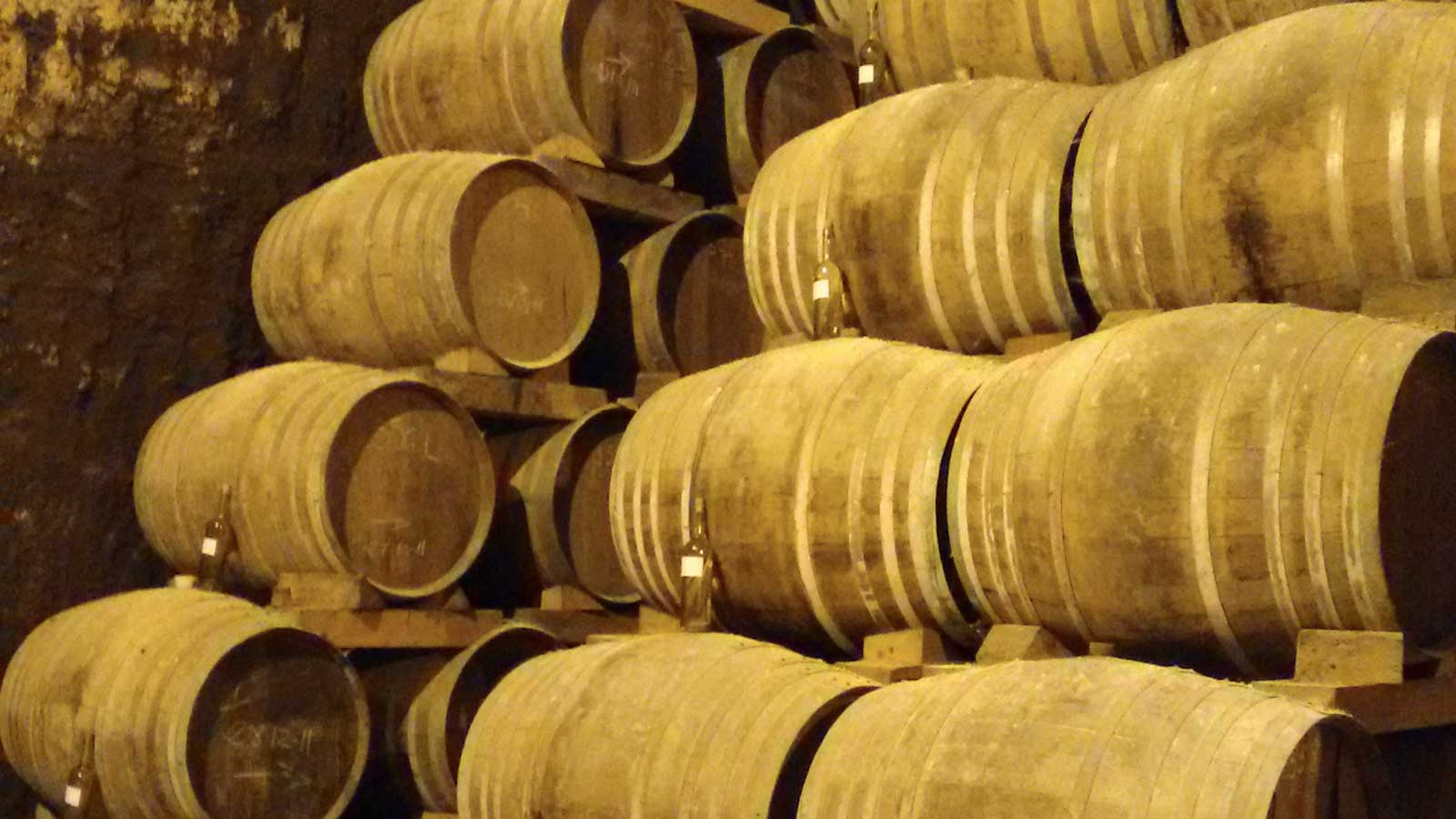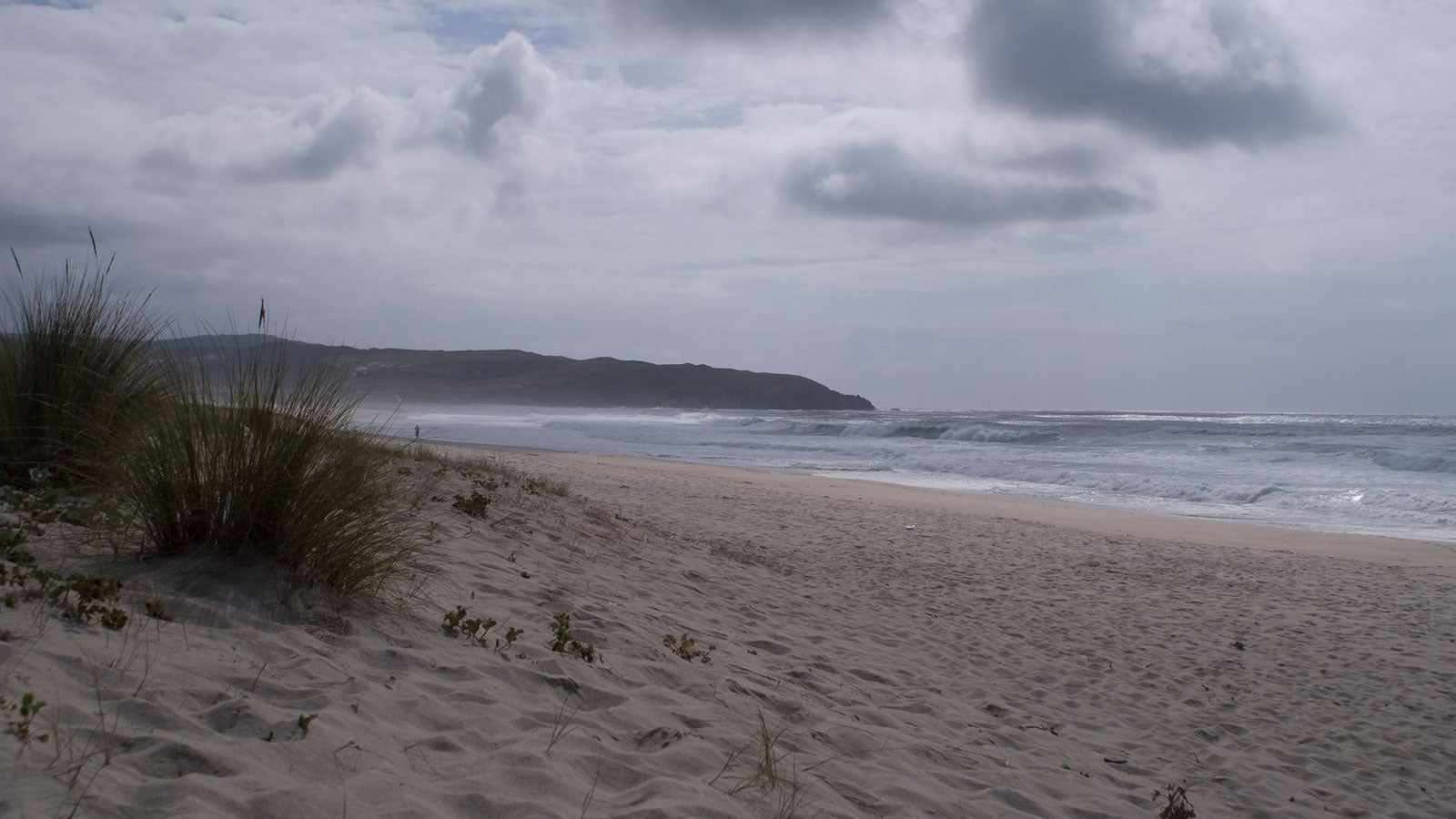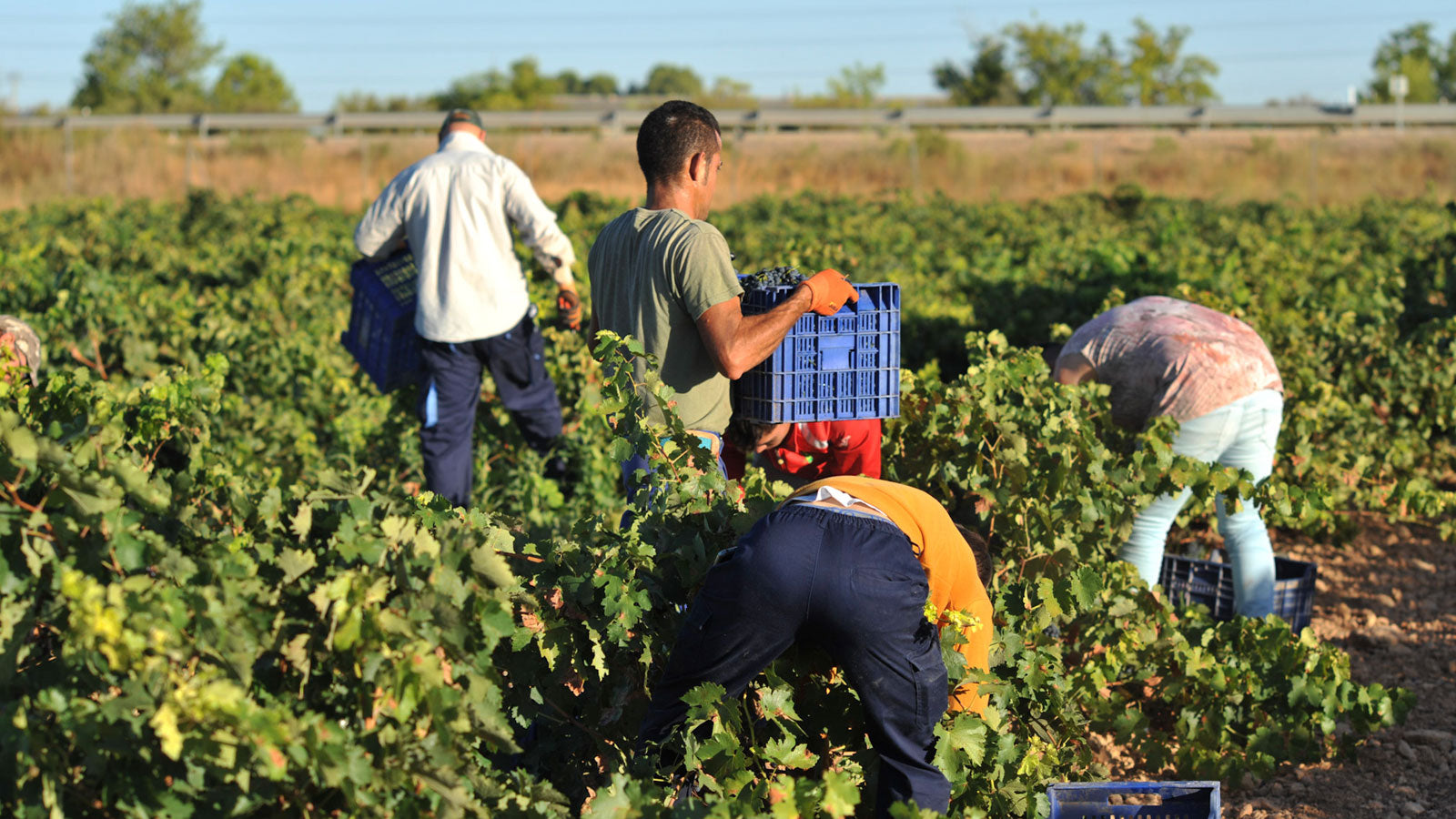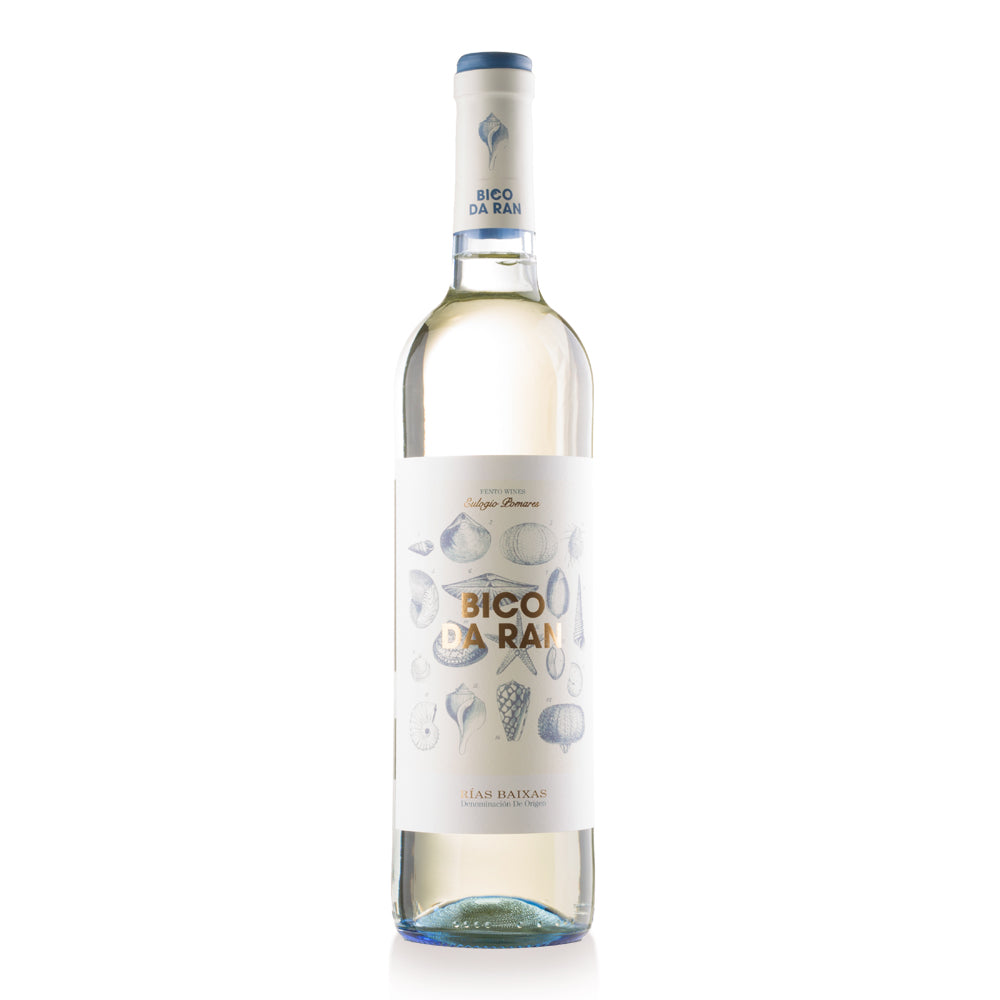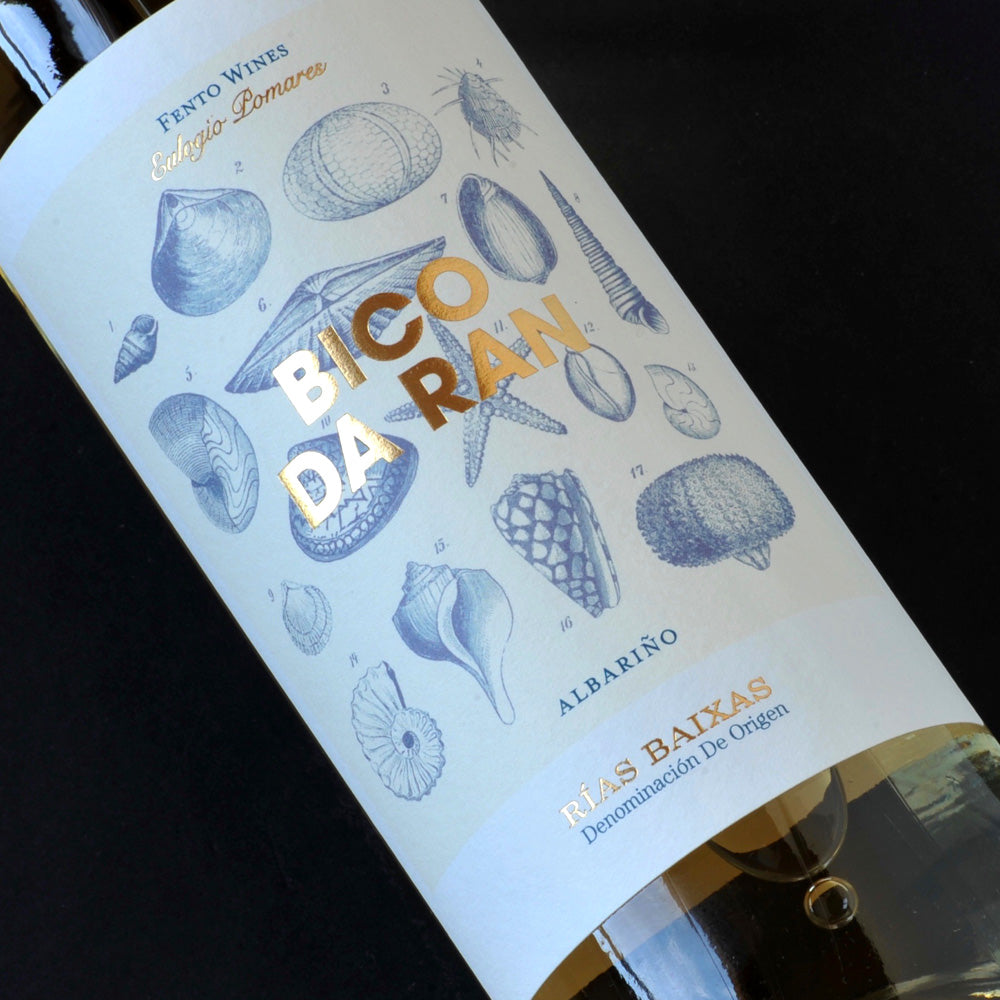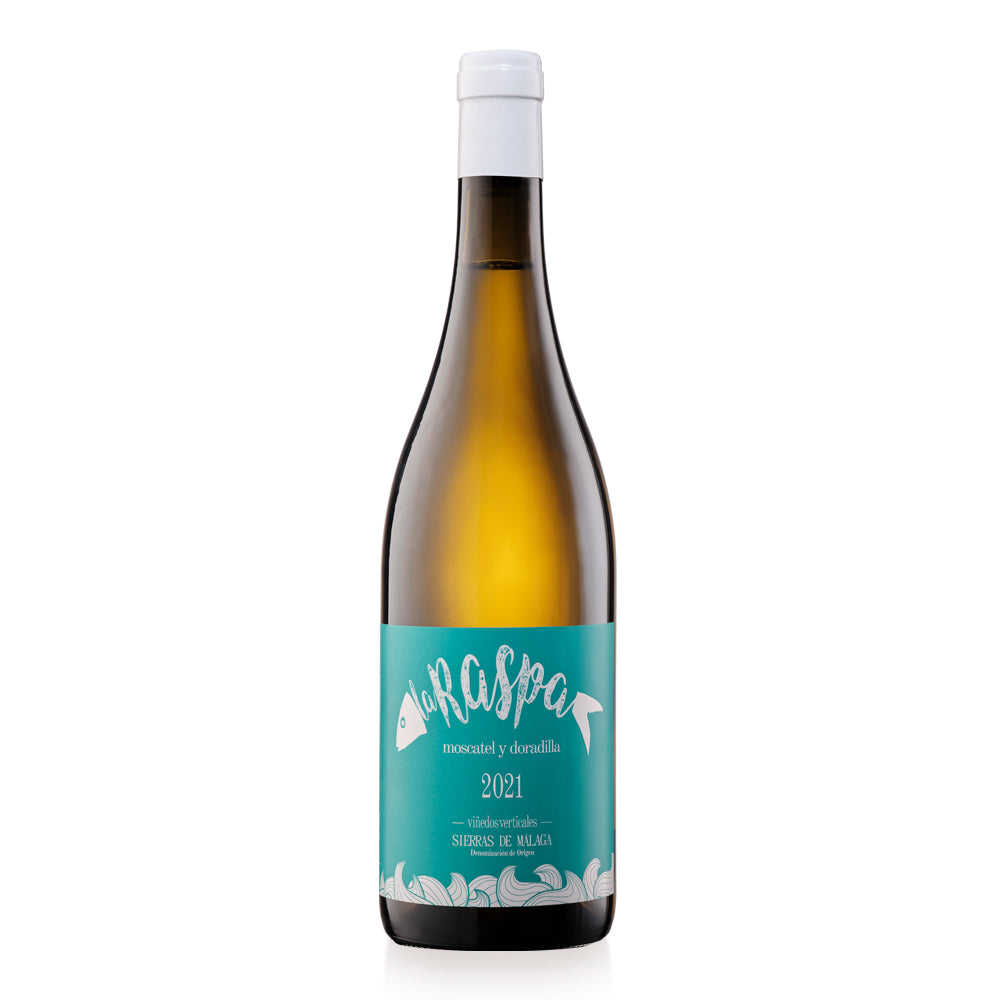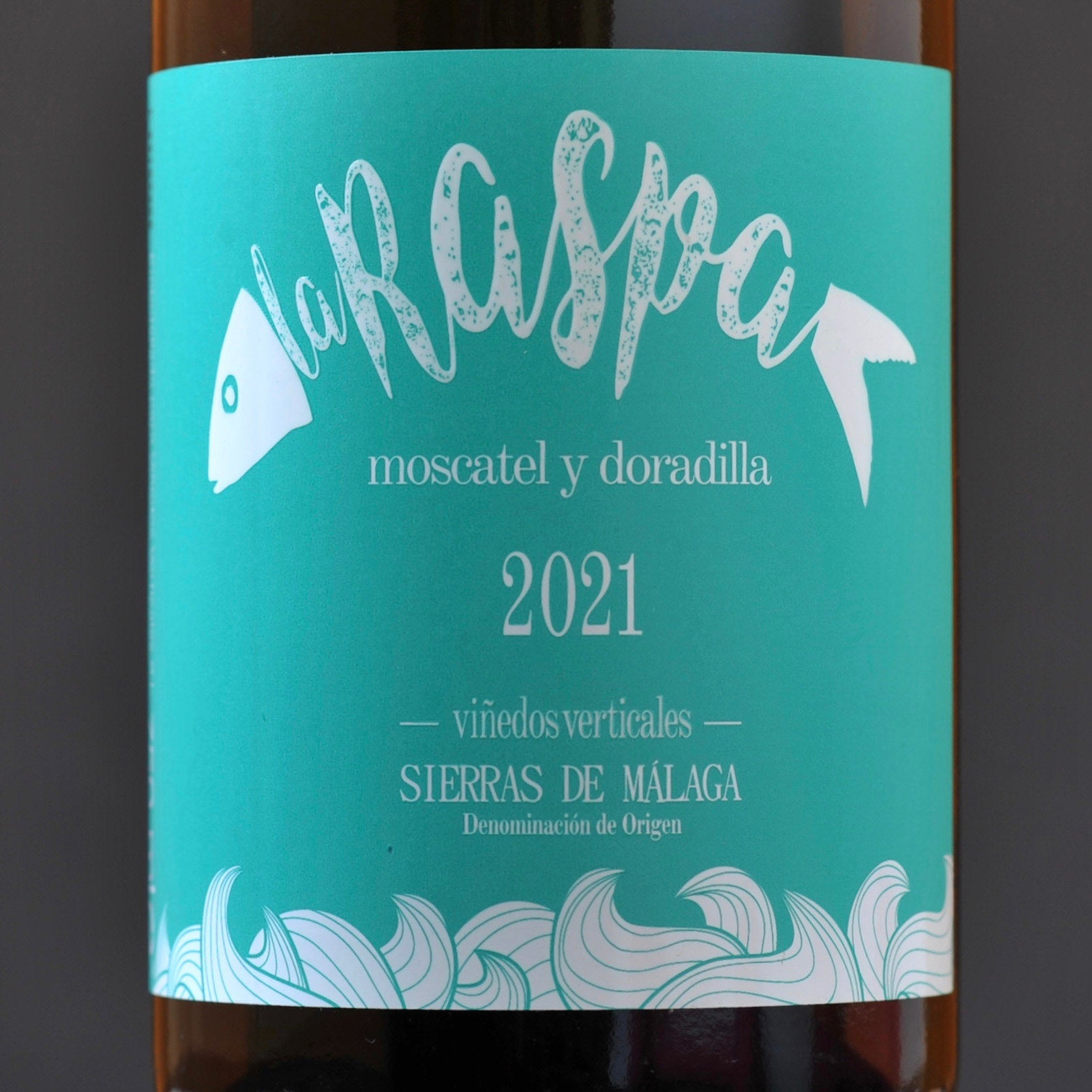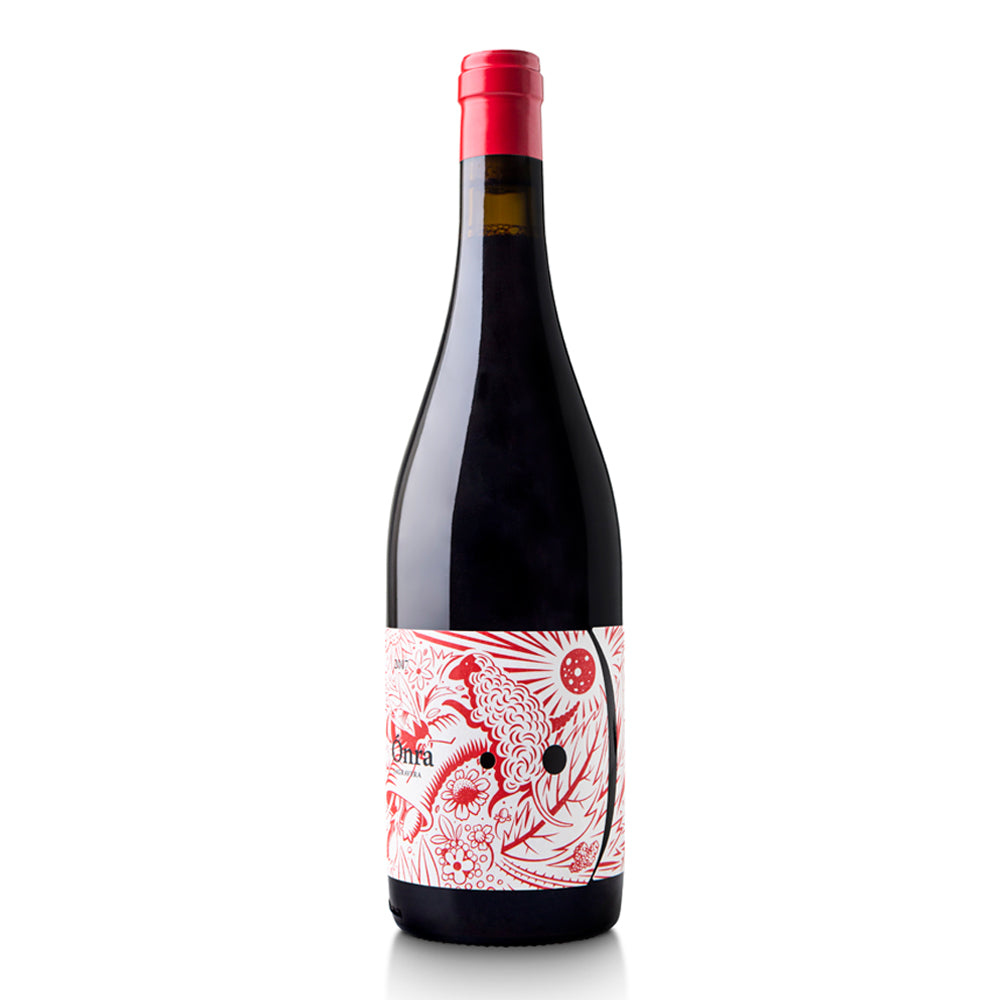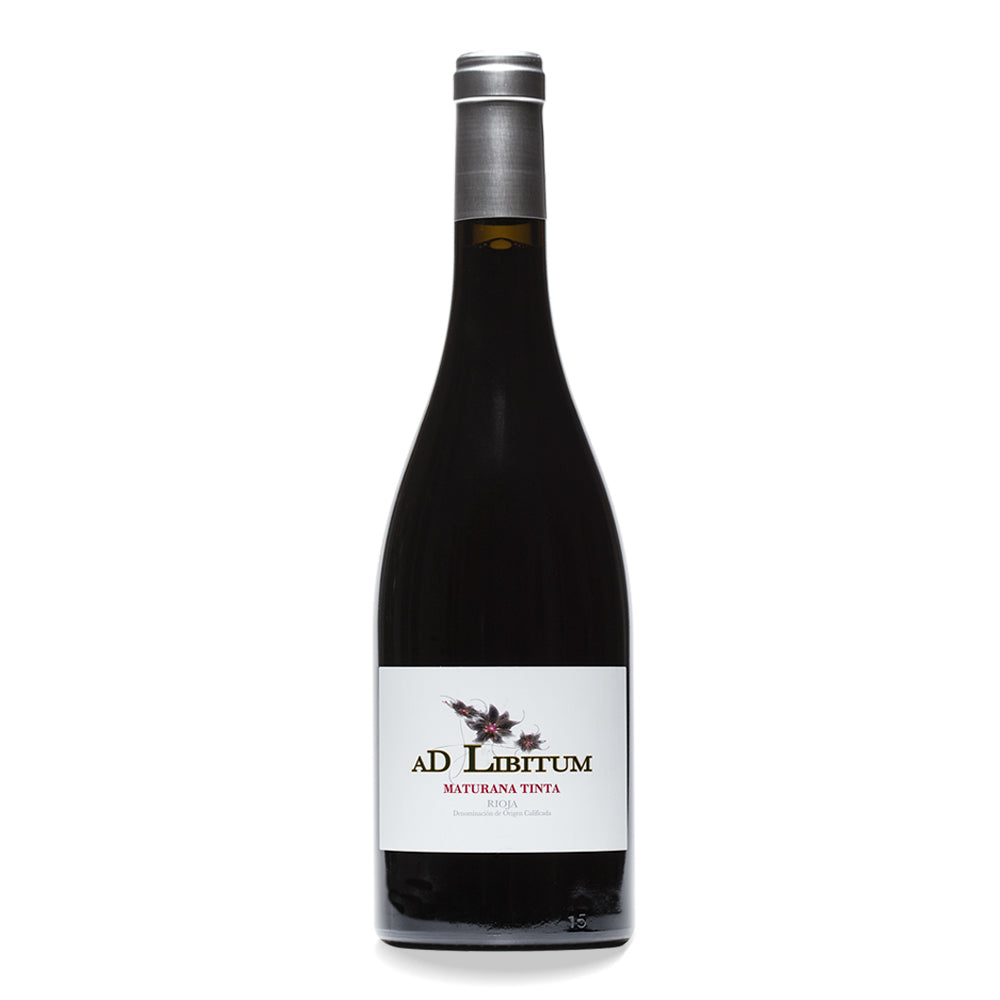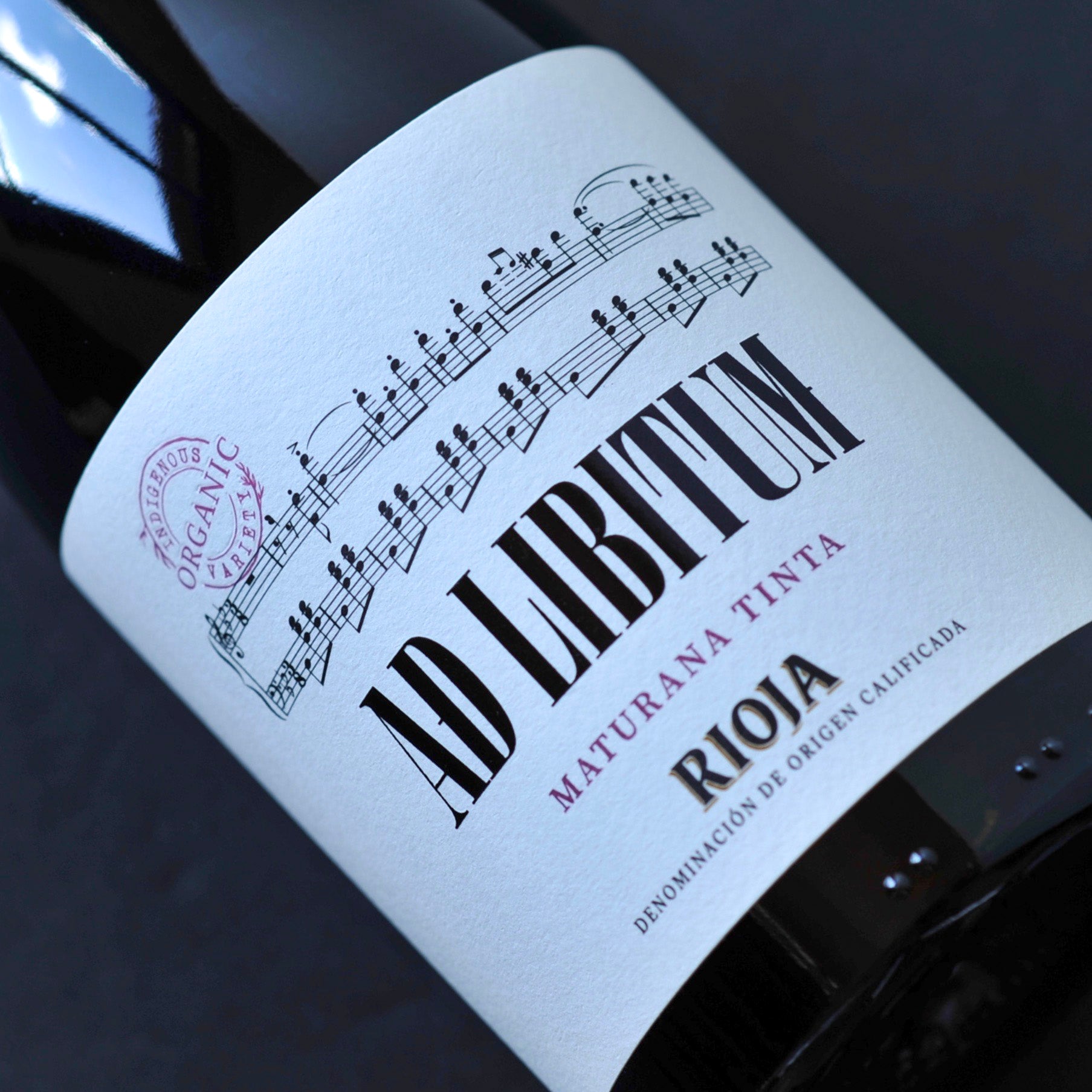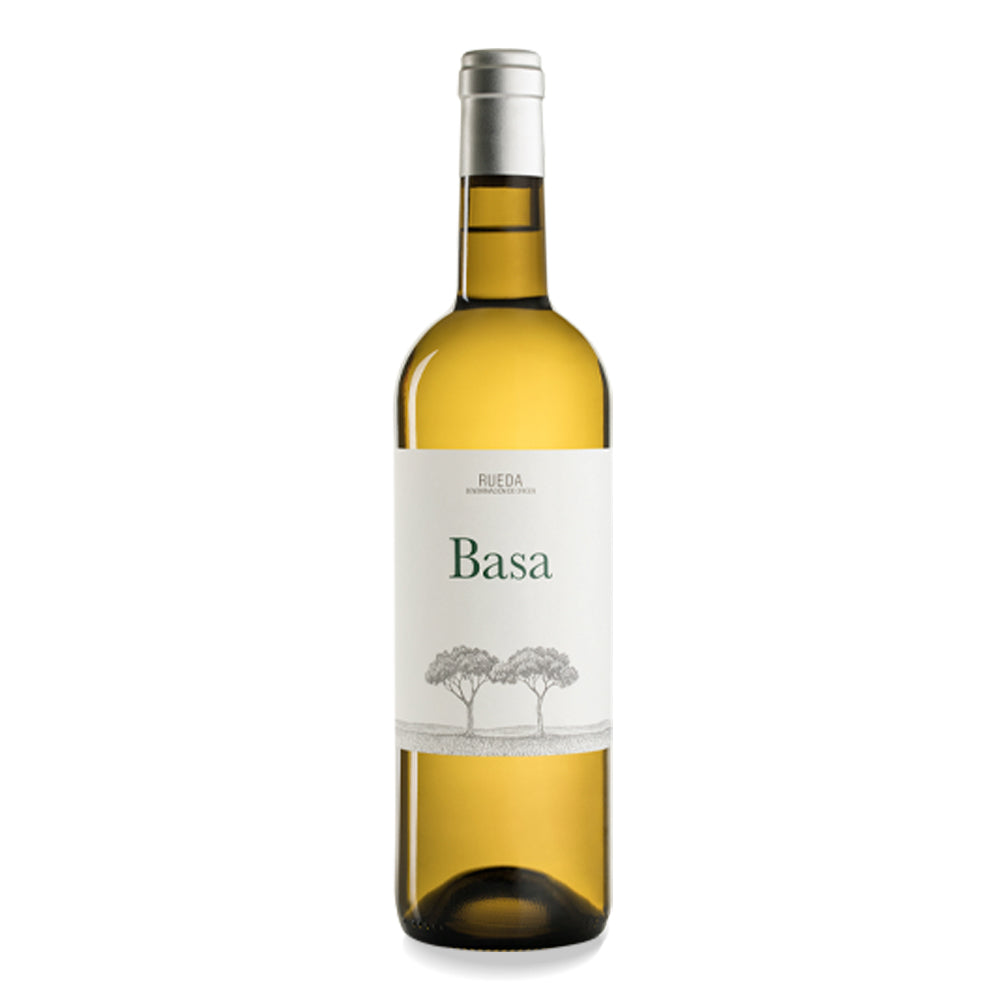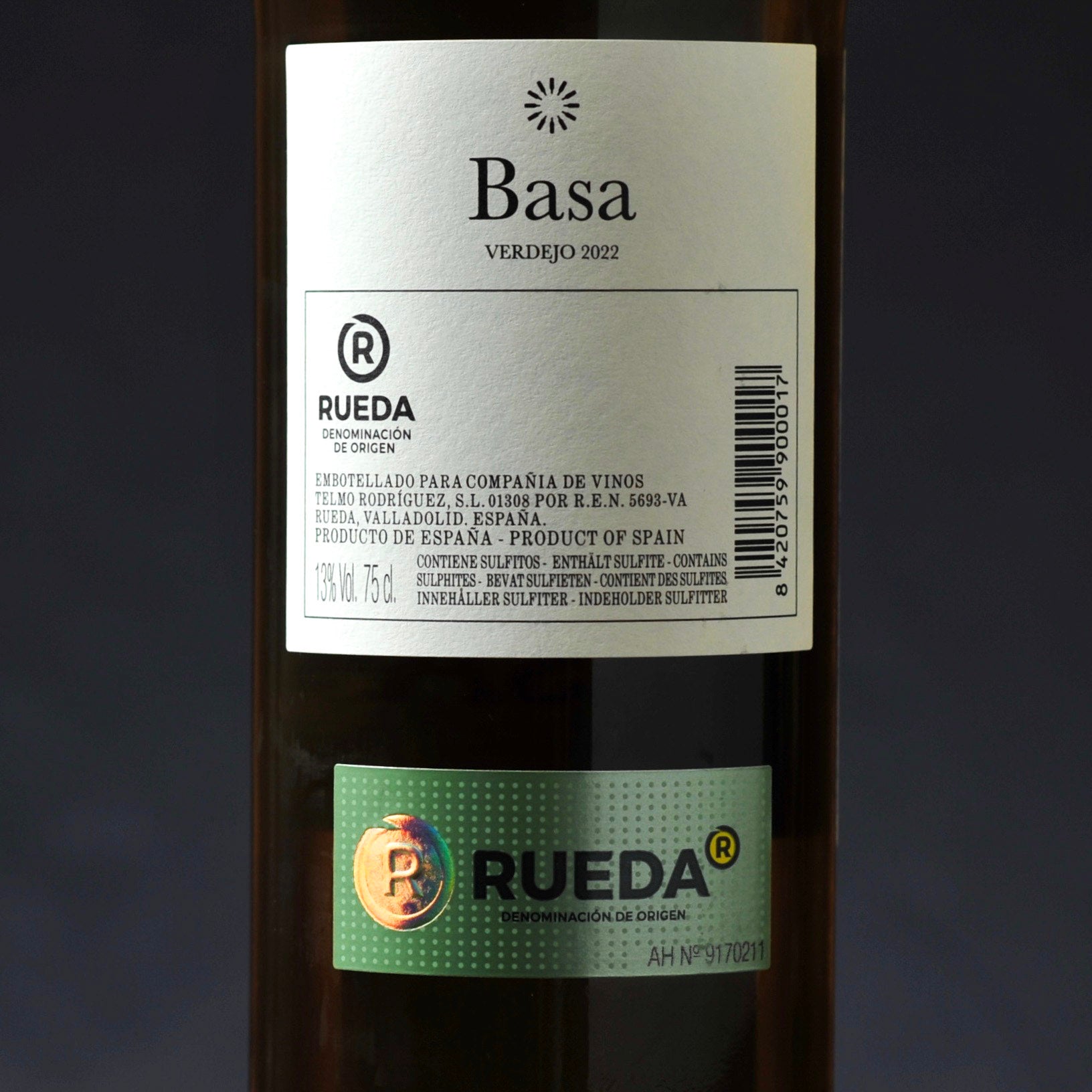After the hottest and driest April on record in Spain, with temperatures at the end of the month reaching the high thirties in some places, last week has seen torrential rains and even hailstorms whipping across much of the Iberia peninsula and the damp weather looks set to continue for a while yet.
So, as we unfurl our brollies yet again, we thought it was a good moment to take a closer look at the impact all this rain has in the vineyard.
In general, water in the form of rain is a good thing for the vines, providing them with much-needed nutrients. But, like a lot of things in the countryside, the actual impact it has depends on two key questions: how much and when?
In the winter months, the cold gradually increases, and the vines lose their leaves and go into a state of hibernation which helps them resist the low temperatures and adverse weather. A reasonable amount of rain during the winter months helps fill up winegrowers´ reservoirs and ponds which means they’ve got some reserves to draw on in the drier months. But too much rain can lead to flooding and create a condition that the Americans call "wet feet", where waterlogged vineyards stop oxygen from getting to the roots of the vines and hinder the absorption of nutrients. Flooding can also lead to erosion which risks washing away nutrients.
Winter over, the next stage in the vegetative cycle is budbreak, as the vines slowly awaken from their hibernation and push out the buds from which the vine canes will eventually grow. Typically in Spain, this stage happens in March or April as the weather warms a little, although it varies a little by region and grape variety. A heavy downpour at this stage is normally not an emergency but it can push the whole process back by a few weeks.
From April to May, the vineyard is in bloom or flowering, as tiny flowers start to appear from the new vine shoots. As pollination begins, each of these flowers has the potential to develop into a single grape berry. Torrential rains or hailstorms at this stage can decimate the number of flowers on the plant, having a major impact on the size of the potential harvest and, in the worst cases, spelling financial disaster for the vineyard owner.
The next stage is referred to as veraison, or envero in Spanish, and is the start of the ripening phase. The grape berries are initially quite hard and green and about half their final size, but during envero they soften and grow and their skin colour changes, white grapes going from green to yellow while red grapes start to take on a rose-tinted hue which gradually darkens as the grape ripens.
The impact of heavy rain now, and throughout the whole of ripening stage, depends a lot on the grape variety.
Thicker-skinned varieties like Cabernet Sauvignon, Syrah, Tempranillo or Mencía tend to be more rain resistant, whilst thinner-skinned varieties like Chardonnay or Pinot Noir can suffer. Tighter bunches can also be an issue as moisture can get inside the bunches and encourage fungi and mildew.
Another rain-related issue that affects riper fruit is dilution. Too much water and the grapes will swell and grow but in the process the sugars in the fruit - which, via fermentation, will eventually get converted into alcohol – become diluted, as do the anthocyanins, or naturally occurring pigments which determine the final colour of the grape.
Finally, we approach harvest time, but even then the poor viticulturist is not out of the woods. A heavy downpour at harvest time not only delays the whole process of getting the fruit in from the vineyards and into the winery, it also increases the risk of mildew and other fungal diseases like botrytis. And spoiled fruit means less must to be fermented into fewer bottles of wine, decimating their income for that vintage and leaving them crossing their fingers and hoping that next year things will improve.
Spain needs rain. Reservoirs are much lower than they should be at this time of year and drought is already causing major problems for farms in the south of Spain. But as we’ve seen above, you can have too much of a good thing. So let’s hope things start to stabilise soon and our hard-working winemakers get the best conditions possible in time for the 2023 harvest.
Cheers!
